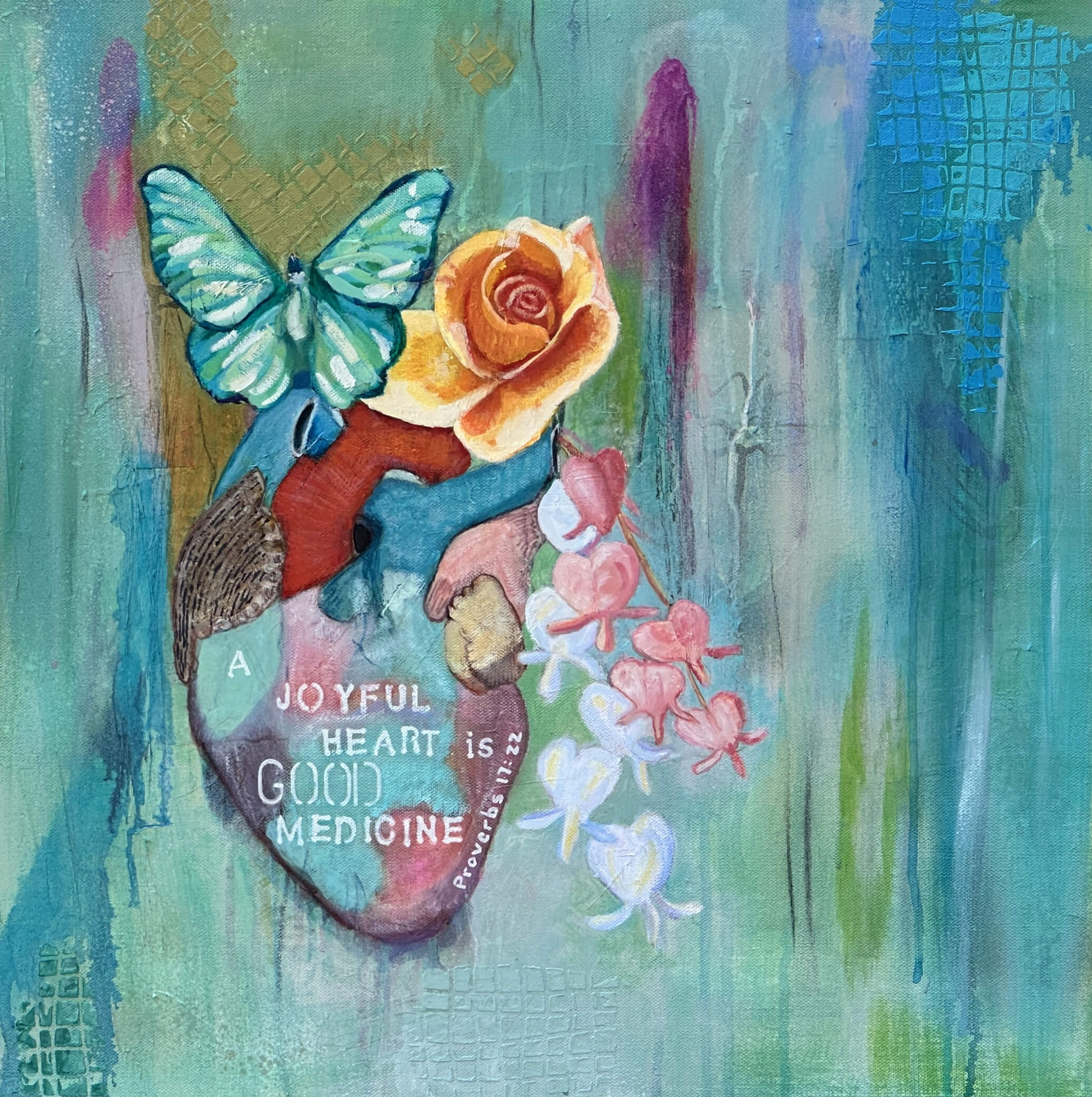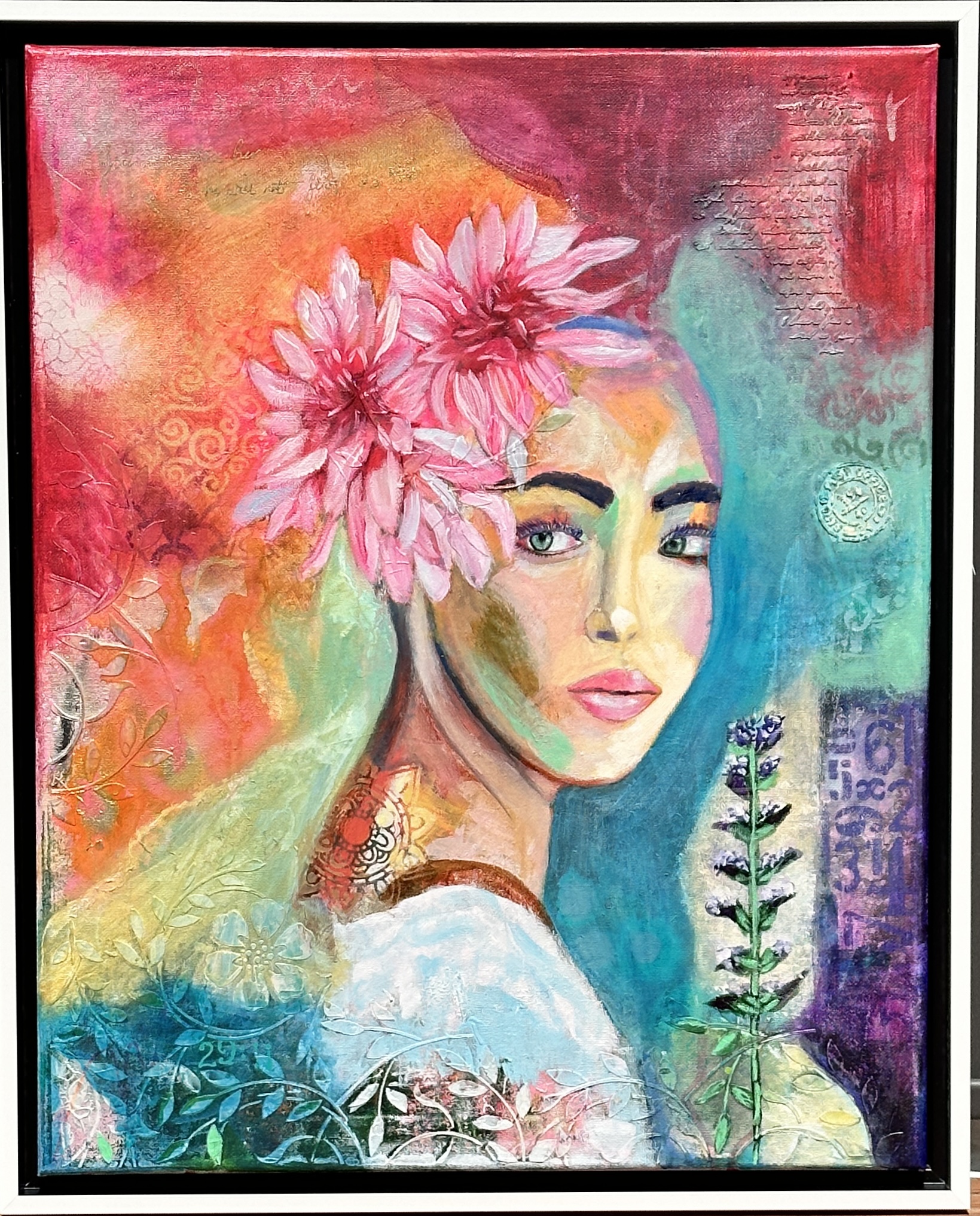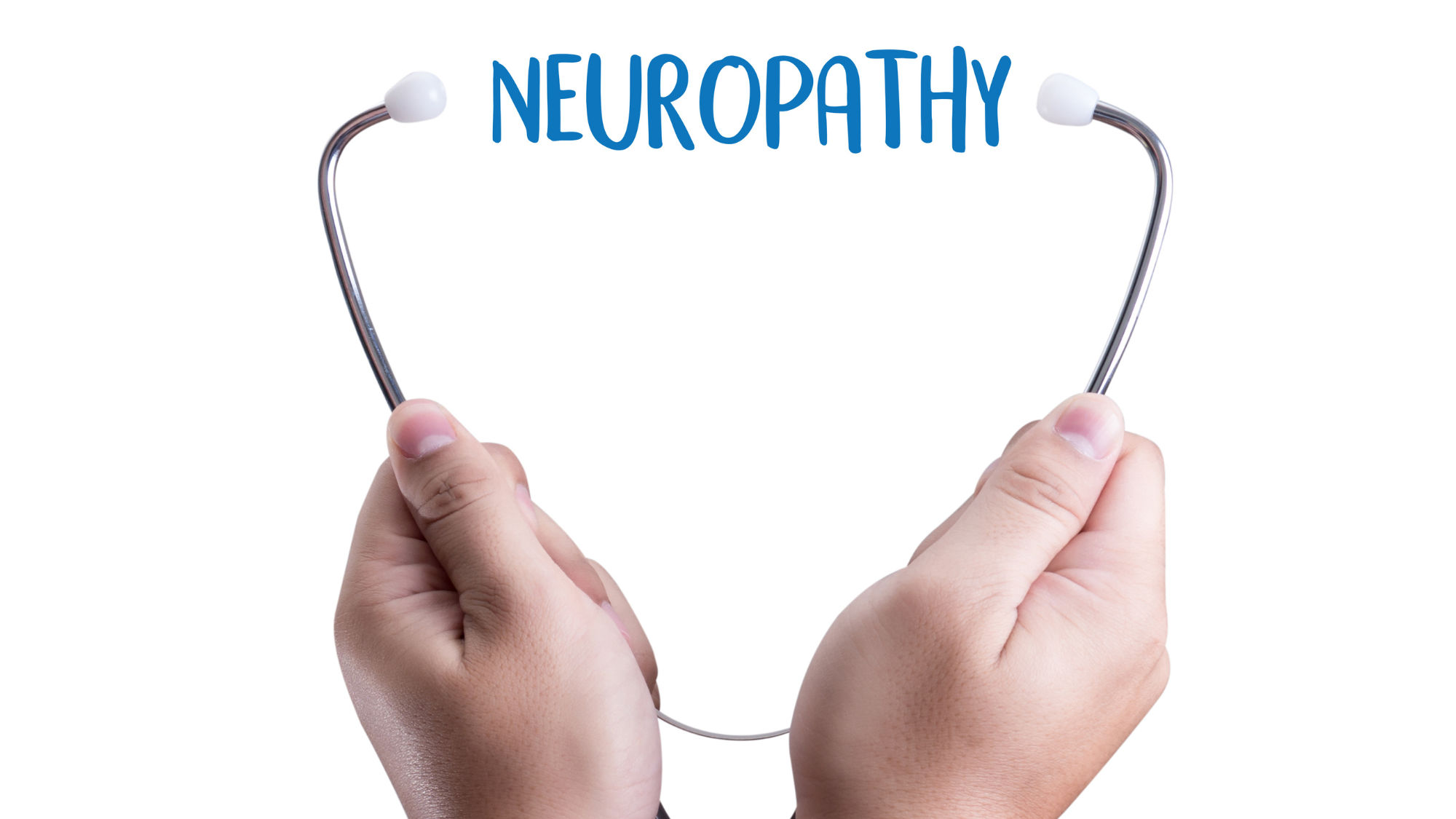
What is Neuropathic pain?
It is a chronic condition that is caused by damage to the nervous system. Neuropathic pain results from damage or dysfunction to the peripheral ( arms and legs) or central nervous system. It can result in altered sensation in a leg or an arm or hands and fingers or neck. There is another type of neuropathic pain called CRPS or chronic regional pain syndrome that is extremely painful. This type of pain can be incredibly debilitating, making it difficult to perform everyday tasks. Unfortunately, traditional pain medications are often ineffective at treating neuropathic pain. This has led many people to explore alternative treatments, such as CBD and cannabis products.

But first, what is the conventional approach to these disorders?
Providers used to readily prescribe opiates but with the opioid crisis in full swing, prescribing habits have changed so first line medications include gabapentin or Lyrica, tricyclic antidepressants, like amitriptyline, SNRIs like duloxetine or venlafaxine. After that, opiates like tramadol and tapentadol which are milder opiates may be prescribed. Topical medications include capsaicin and lidocaine patches or gel. Last resort meds would be stronger opiates like morphine or oxycodone and lastly injections like botox into the affected area.
The problem with all of these options are you are looking at long term use and risk of side effects including issues like QT prolongation, nausea, constipation, ataxia, dry mouth, hypertension, dizziness and rash at application site if you are using a topical patch or gel.

How can plant medicine be a benefit?
We know from existing studies that cannabis has properties that protect the nervous system. It is a neuroprotectant, an antioxidant and a pain modulator. This is important because it can actually result in restoration of damaged nerves in some situations. It will decrease inflammation, remove or reduce oxidative stress and help control pain.
When clinical trials are established there is this statistical analysis important for the outcome of the trial known as the
'number to treat". That means that out of so many patients the positive response was explained as the number to treat. In a person with cholesterol issues who takes a cholesterol lowering agent the number of patients that have a positive response in terms of reducing risk of heart attack or stroke is 200. So you would have to treat 200 people for 1 person to not have a stroke or heart attack (that is a really terrible statistic). In the case of using cannabinoids to treat neuropathic pain, the number of patients to treat to result in an improvement or complete resolution of symptoms is 5.6. That is a significant number!!
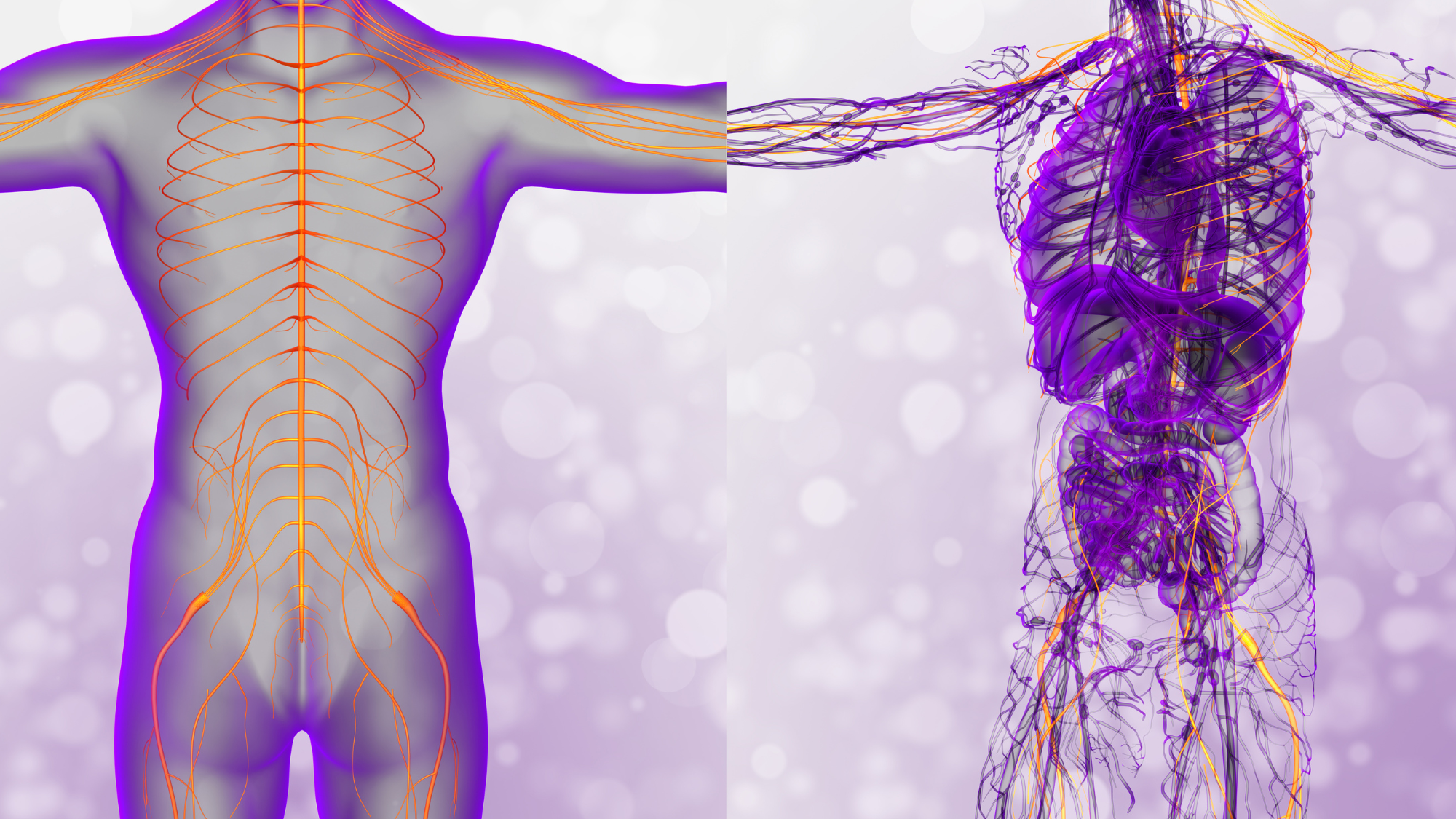
How Does This Work?
It’s that good ole’ endocannabinoid system (ECS) that occurs naturally in our bodies in an attempt to create balance or homeostasis. The CB1 receptors that live in the CNS and the peripheral nervous system are activated by the ECS and results in pain modulation. The CB2 receptors live in other structures particularly monocytes and mast cells which are associated with inflammation. When these receptors are activated, there is a cascade of events that occurs in the CNS and brain that results in a decrease in pain. Other newer discovered receptors are activated as well to help with pain modulation.
It should be noted that all forms of cannabis are currently illegal in many parts of the world. As a result, obtaining these products can be difficult and may not be legal in your area. If you're considering using CBD or cannabis products for neuropathic pain, make sure to speak with your healthcare provider first. They can help you weigh the potential risks and benefits before you make a decision. Also CBD is more readily available. Click the link for a really good source of CBD and education.
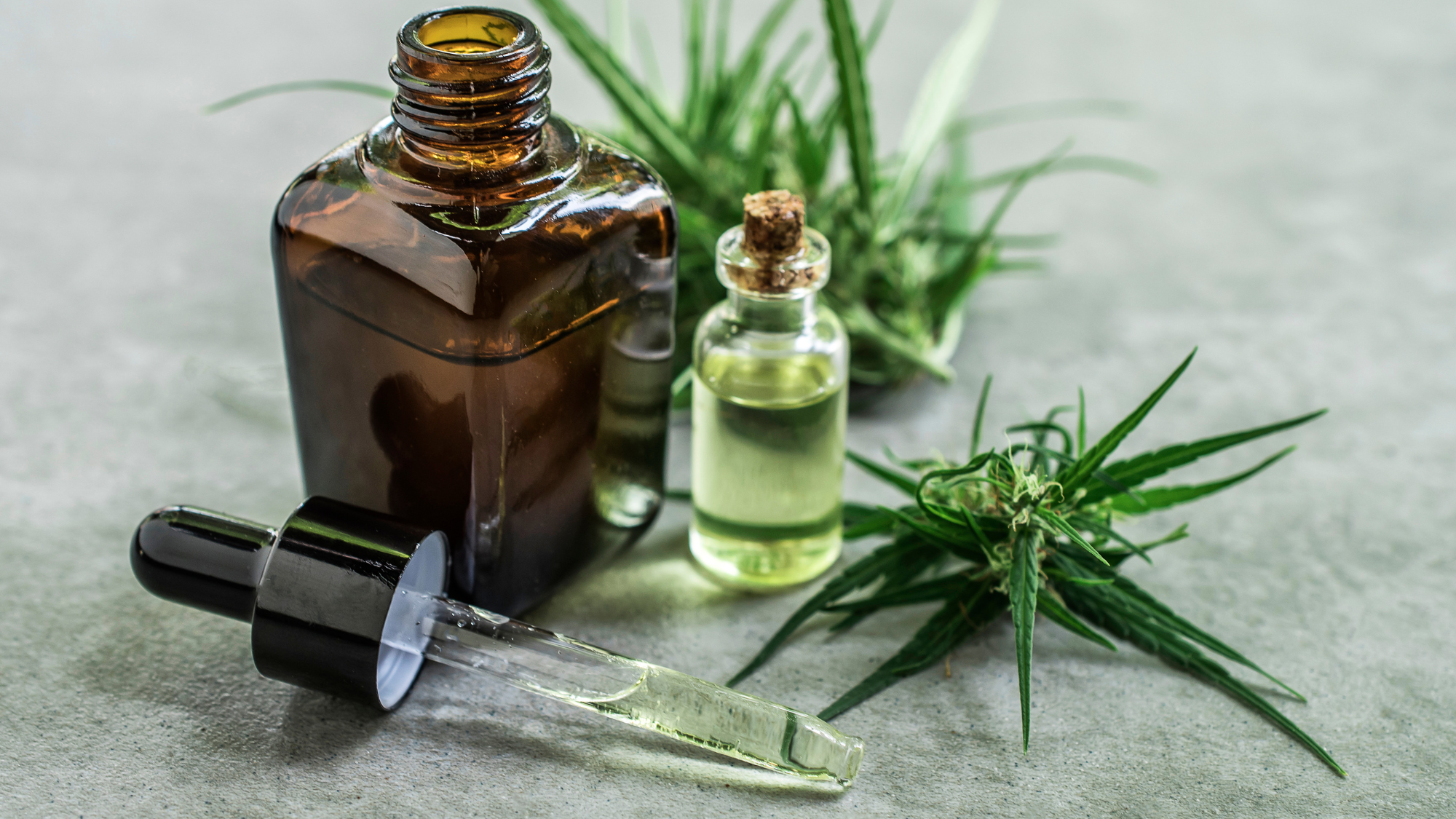
How to Dose Cannabis and CBD for Neuropathic Pain
As with previous recommendations, using the lowest effective dose of cannabis is recommended in order to avoid psychoactive effects that are uncomfortable. We are looking for pain relief without sedation or dizziness. A randomized controlled trial explored pain relief using small smoked doses of 9% THC and resulted in decreased pain without side effects. They found a single inhalation of 25 mg of cannabis with 9.4% THC decreased pain intensity in post-traumatic or post-surgery induced neuropathic pain. This is a dose of less than 2 mg of THC.
- Oral: consuming cannabis orally will improve rest, sleep and will help control pain for longer periods of time. Oral consumption has a longer onset of action and it may take more experimentation to find the right dose. It can take 45 minutes to 1 hour to feel the effects with this route. The benefit, is the longer duration of pain control.
- Another oral approach is an oil or tincture. These products will take effect min about 20 minutes but won’t last as long. An example dose would be 2.5 to 7.5 mg of THC taken orally every 3-4 hours. This regimen will help with low to moderate pain levels. If this dosing results in psychoactive symptoms then adding CBD will help with that. The goal is to find your sweet spot!
- Vaporizing and smoking cannabis is a common approach and is very effective for treating neuropathic pain. There is a rapid onset of action with this method. Use the lowest effective dose of 2.5 - 7.5 mg. If you aren’t used to using cannabis, start with no more than 2.5 mg and wait patiently 15 minutes before adding more. 2.5 mg is equivalent to a matchstick size piece of flower.
- Topically you can try CBD/THC to help reduce local inflammation. The best is a high dose of THC rich salve or lotion or gel.
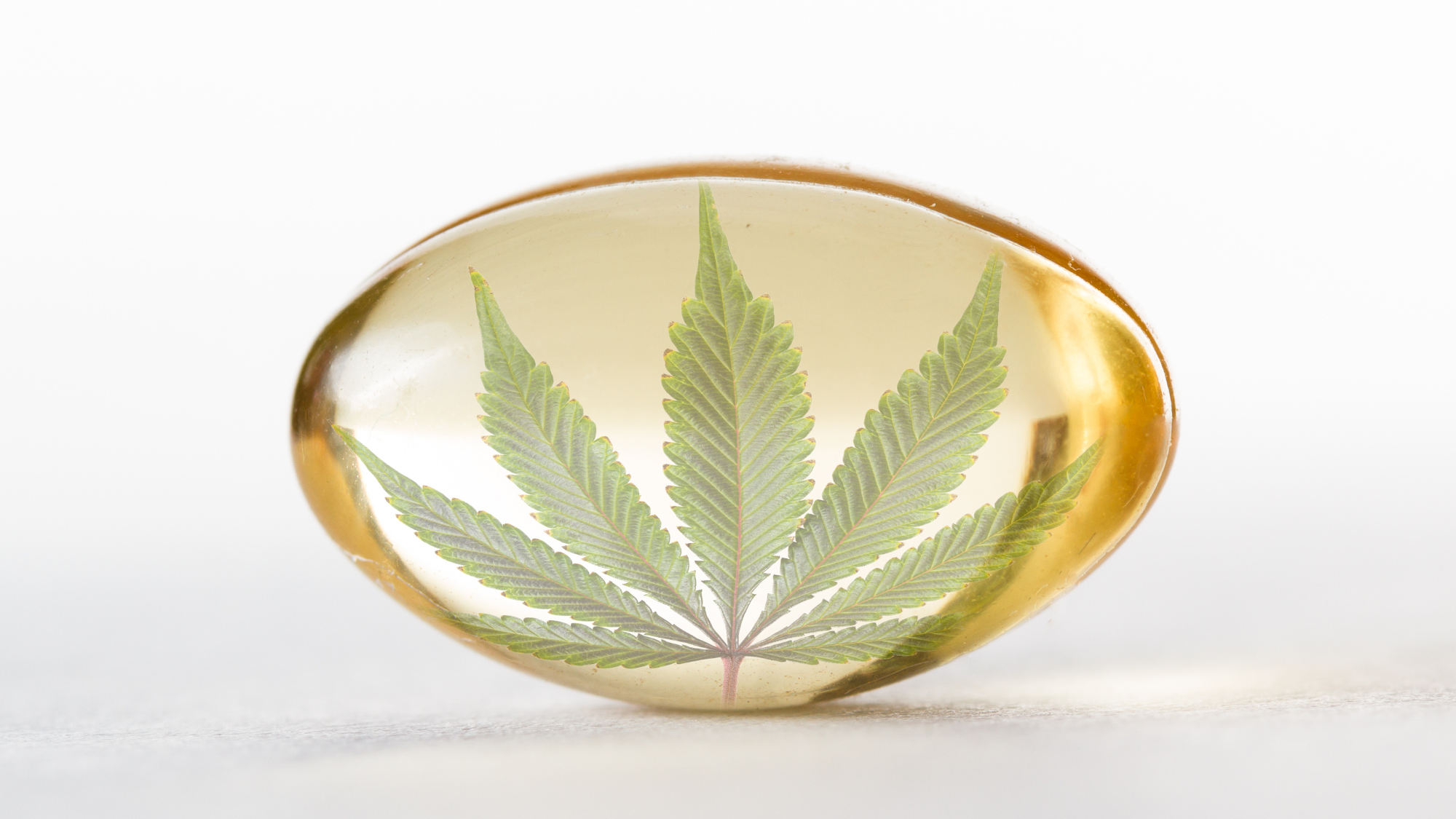
Chemovars for Neuropathic Pain
High CBD varieties are good for neuropathic pain like Harlequin, Cannatonic, or ACDC
High THC varieties are good for distracting you from the pain and for sleep support and include chemovars higher in myrcene and linalool such as any of the Purple varieties and any of the cookies varieties. Beta caryophyllene is another important anti-inflammatory terpene found in the cookies chemovars as well.
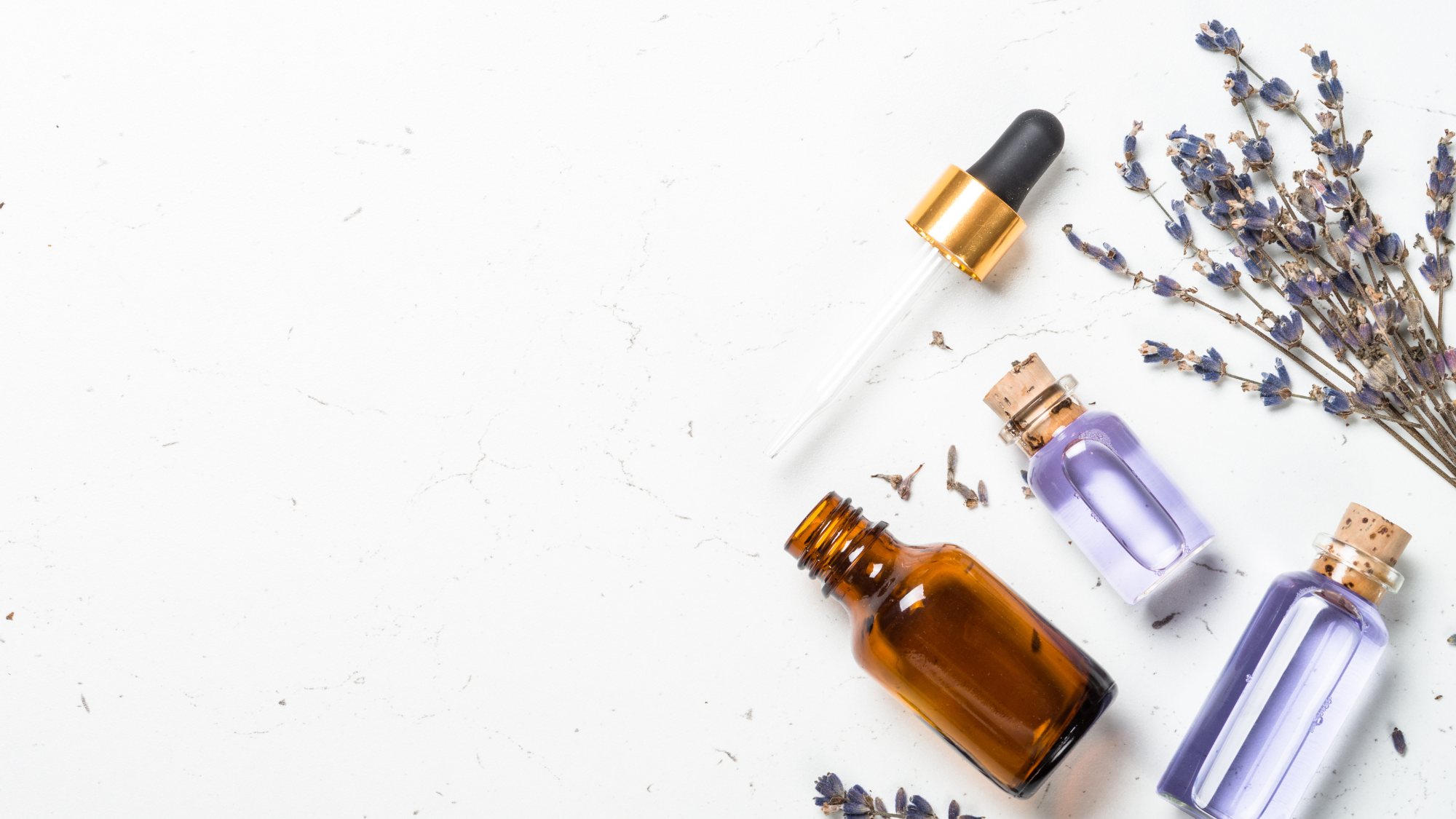
Essential Oils for Neuropathic Pain
Essential oils have so many properties known to help with nerve issues and pain in general. Specifically 1-2 drops each of frankincense, blue spruce, vetiver, helichrysum, lavender and eucalyptus mixed with a carrier oil and applied topically 3-5 times daily can help. Taking a capsule filled with 3 drops each of coriander, helichrysum and copaiba and 1 drop nutmeg taken 1-3 times daily will benefit. Specifically for sciatica make a capsule with 5 drops each of balsam fir, lemongrass and helichrysum 1-3 times daily. I personally love Panaway oil from Young Living mixed with a carrier oil and applied topically brings relief for several hours.
Essential oils can vary in terms of how they are grown, harvested, distilled and bottled. You need a company that is doing all of that right without chemicals and pesticides and I recommend Young Living. I trust this company completely and have used their oils for 7 years. Please reach out if you would like more information and in the meantime, here is a link if you want to explore on your own.

Other Options for Addressing Neuropathic Pain
The WAVWATCH is a device that operates on sound frequencies. Our bodies have frequencies and we respond to sound. We feel better when we listen to happy music, we feel sad if the music is sad. Sound can really affect us more than we even knew. This watch is a pretty amazing tool. There are 850 different medical diagnoses that it addresses including anything to do with the nervous system. I have a link that will save you $100 if you are interested. Use the code
SHOSHANA100 for that discount.
Exercise and other modalities
Stretching, walking, massage, physical therapy, heat and cold are also options for addressing neuropathic pain.
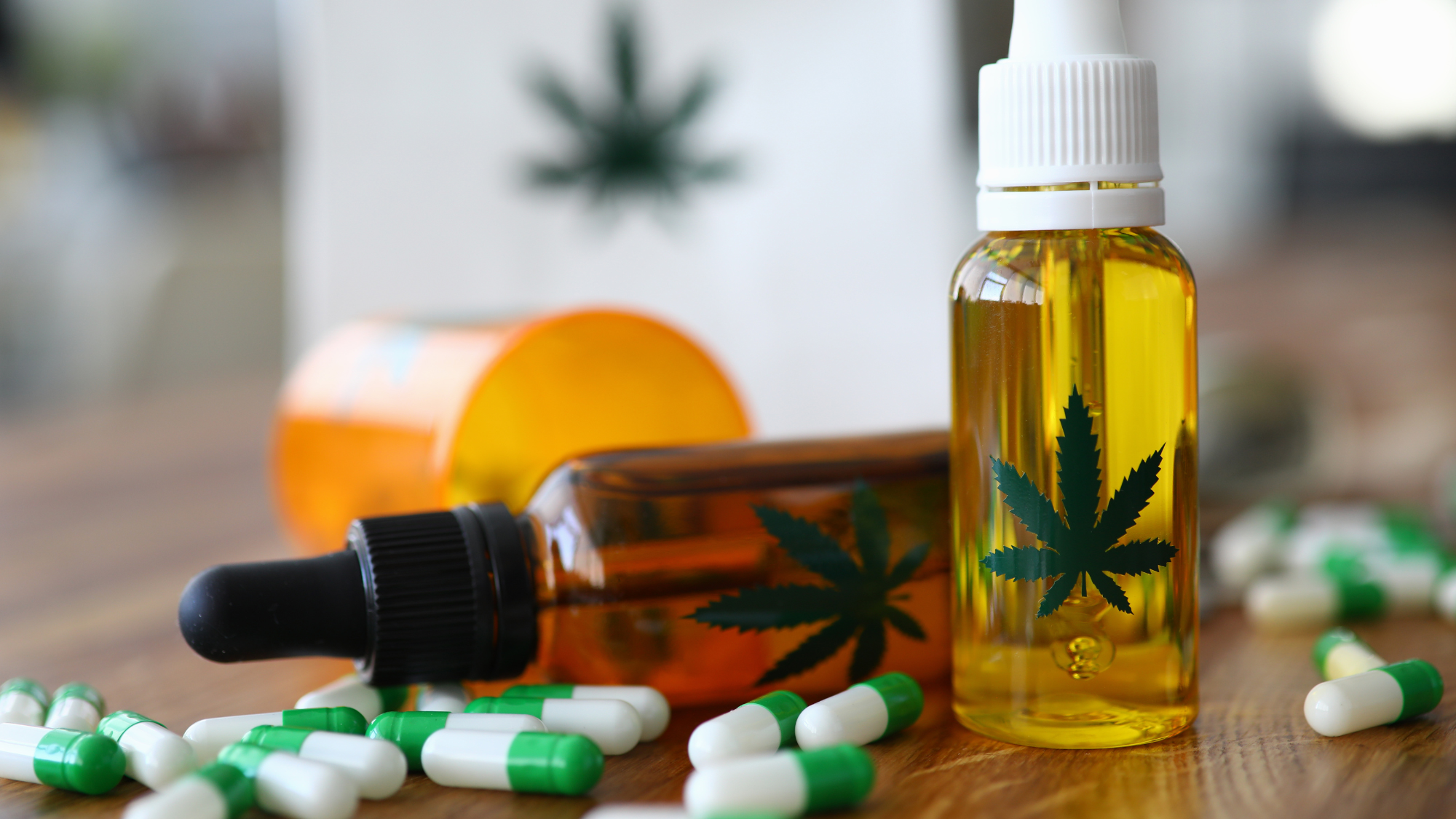
Conclusion
CBD and cannabis products offer hope for many people struggling with neuropathic pain. While more research is needed to understand the full effects of these substances, early evidence suggests they may provide some benefit. If you're considering using CBD or cannabis for neuropathic pain relief, make sure to speak with your healthcare provider first to weigh the potential risks and benefits before making a decision.. And of course, if you would like one:one help you can book an appointment with me for coaching.

Learn about plant medicine and whether or not it can help with respiratory diseases. Discover why you should educate yourself on this subject, how this alternative treatment works, and if it’s worth exploring as a potential therapy for your condition.
What are respiratory diseases?
Respiratory diseases are a broad category of illnesses that affect the lungs and airways. Asthma, COPD, bronchitis, emphysema and pulmonary fibrosis are all examples of respiratory diseases.
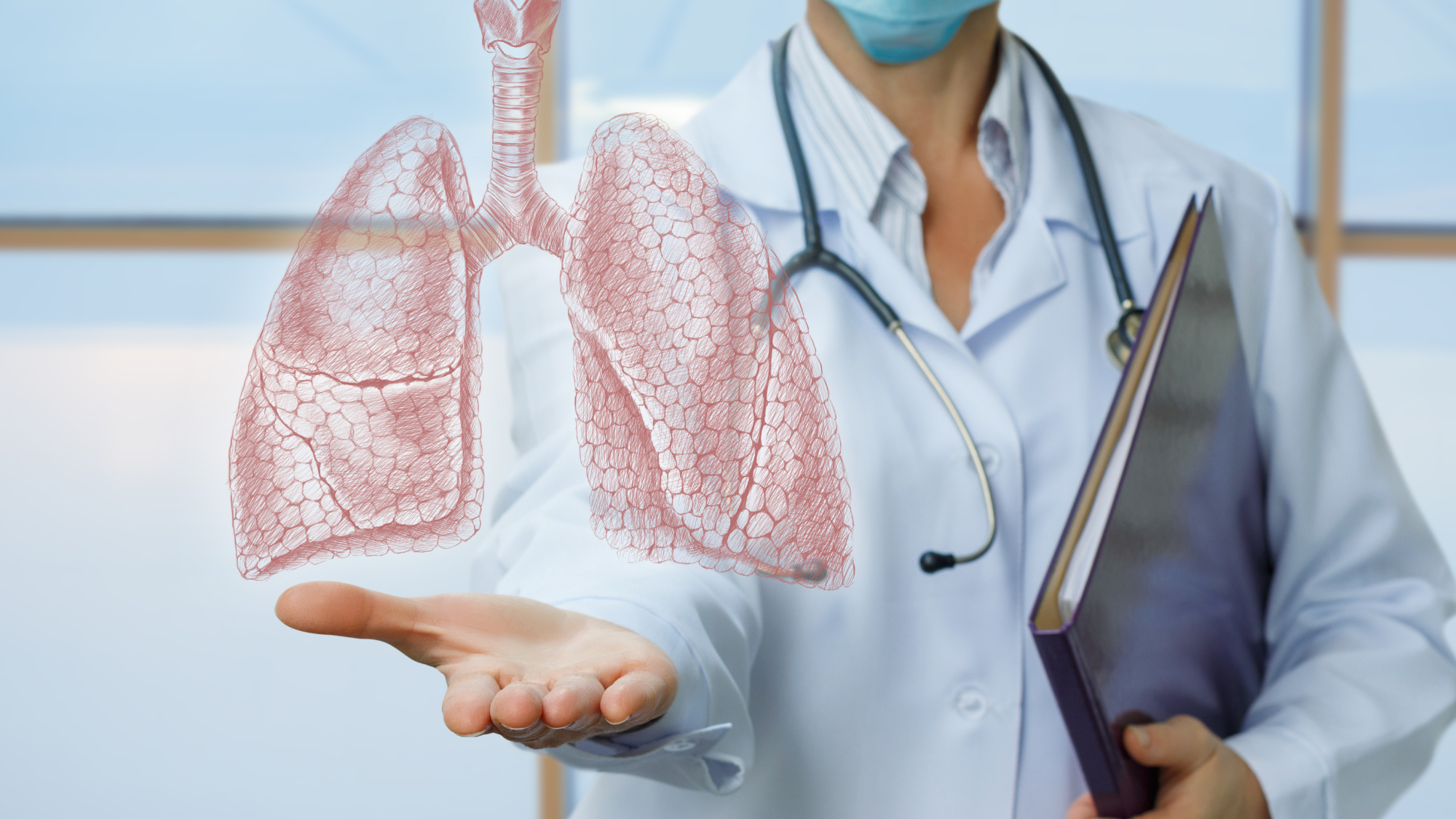
Respiratory Diseases
- Asthma is a chronic lung disease that causes inflammation and narrowing of the airways that leads to episodes of wheezing, shortness of breath, chest tightness, and coughing. These episodes, or "asthma attacks," can be triggered by things like exercise, cold air, allergies, or smoke.
- COPD is a group of lung diseases including Chronic Bronchitis and Emphysema that make it difficult to breathe. In these diseases the patient has trouble breathing due to restriction of the airway causing limited airflow or in the case of emphysema there is an abnormal permanent enlargement of air spaces in the terminal bronchioles and deterioration of the alveolar walls. It is caused by long-term exposure to irritating gases or particles such as secondhand smoke or air pollution. Unlike asthma, COPD cannot be reversed or cured.
- Pulmonary fibrosis is a condition in which the tissue in the lungs becomes thickened and scarred. This scarring makes it difficult for oxygen to pass from your lungs into your bloodstream and can eventually lead to respiratory failure if left untreated. There are two types of pulmonary fibrosis - idiopathic ( meaning there is no specific cause ) or interstitial (non idiopathic).
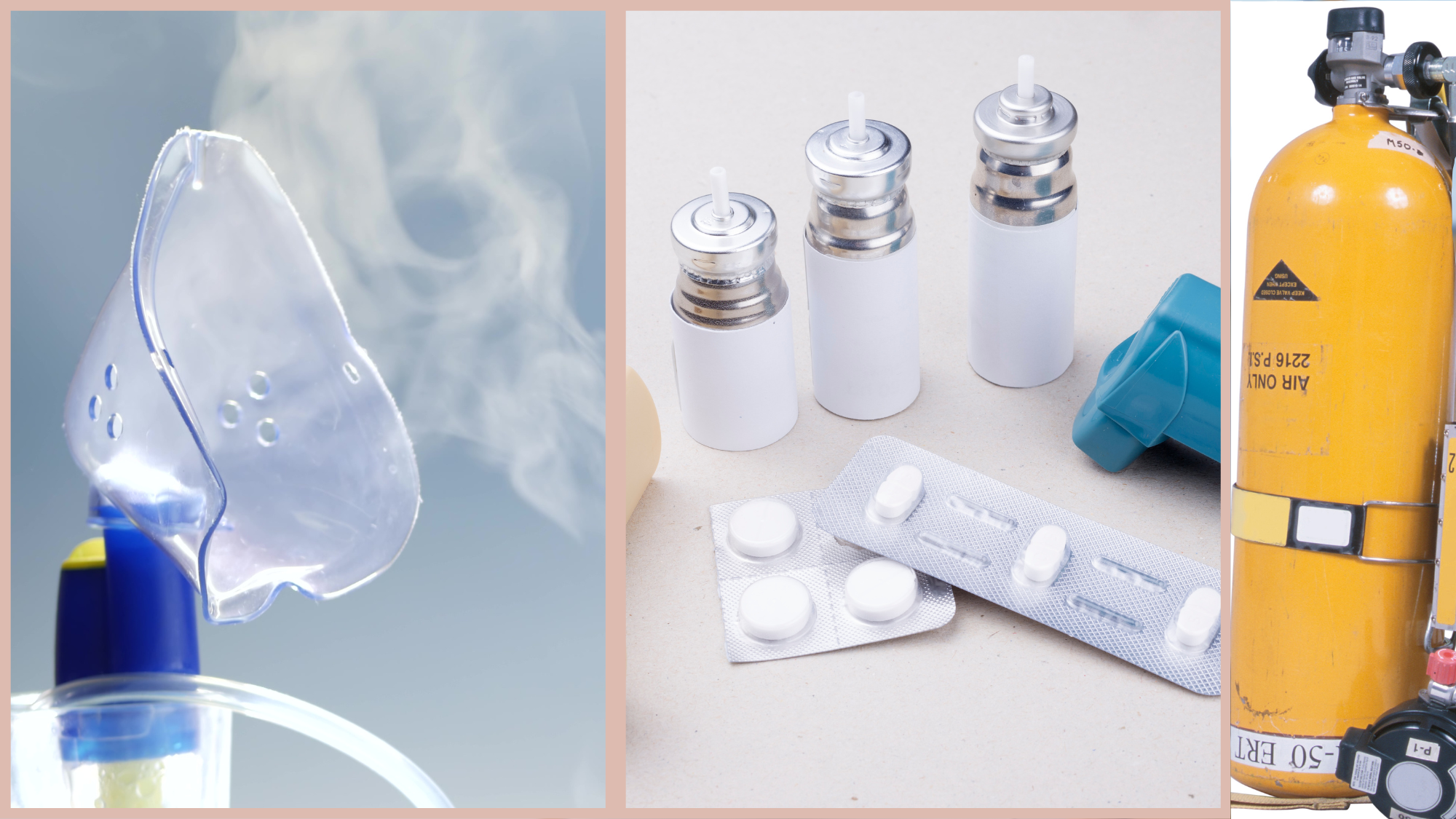
What is the Conventional Treatment for Respiratory Diseases
- Asthma: Patients with asthma usually use inhalers to manage their breathing. The goal of therapies is to prevent acute episodes, and to provide relief by making healthy lifestyle choices with prescribed inhalers.
- COPD: it is estimated that 32 million people in the US have chronic obstructive pulmonary disease, bronchitis or emphysema. Treatment approaches are similar to asthma. Most people require rescue inhalers and inhalers that control symptoms long term. There are some oral medications, ie. Steroids and indicated to help prevent acute exacerbations. Also, quitting smoking, avoid toxic fumes and other exposures and going to pulmonary rehab are several treatment approaches. Bronchitis can be acute or chronic. If chronic it means you have had a persistent cough for longer than 3 months during each of 2 years consecutively. The treatment approach is the same.
- Pulmonary Fibrosis: current treatments for pulmonary fibrosis focus on managing symptoms and slowing disease progression; however, there is no cure currently available. IPF management includes addressing underlying COPD, obstructive sleep apnea, GERD and coronary artery disease. With both diagnoses, the goal is to stop nicotine, manage underlying conditions, O2 if pulse ox room air is <88%. Pulmonary rehab will improve exercise tolerance, eliminate any toxic exposures, even medication and if infection occurs, treat promptly
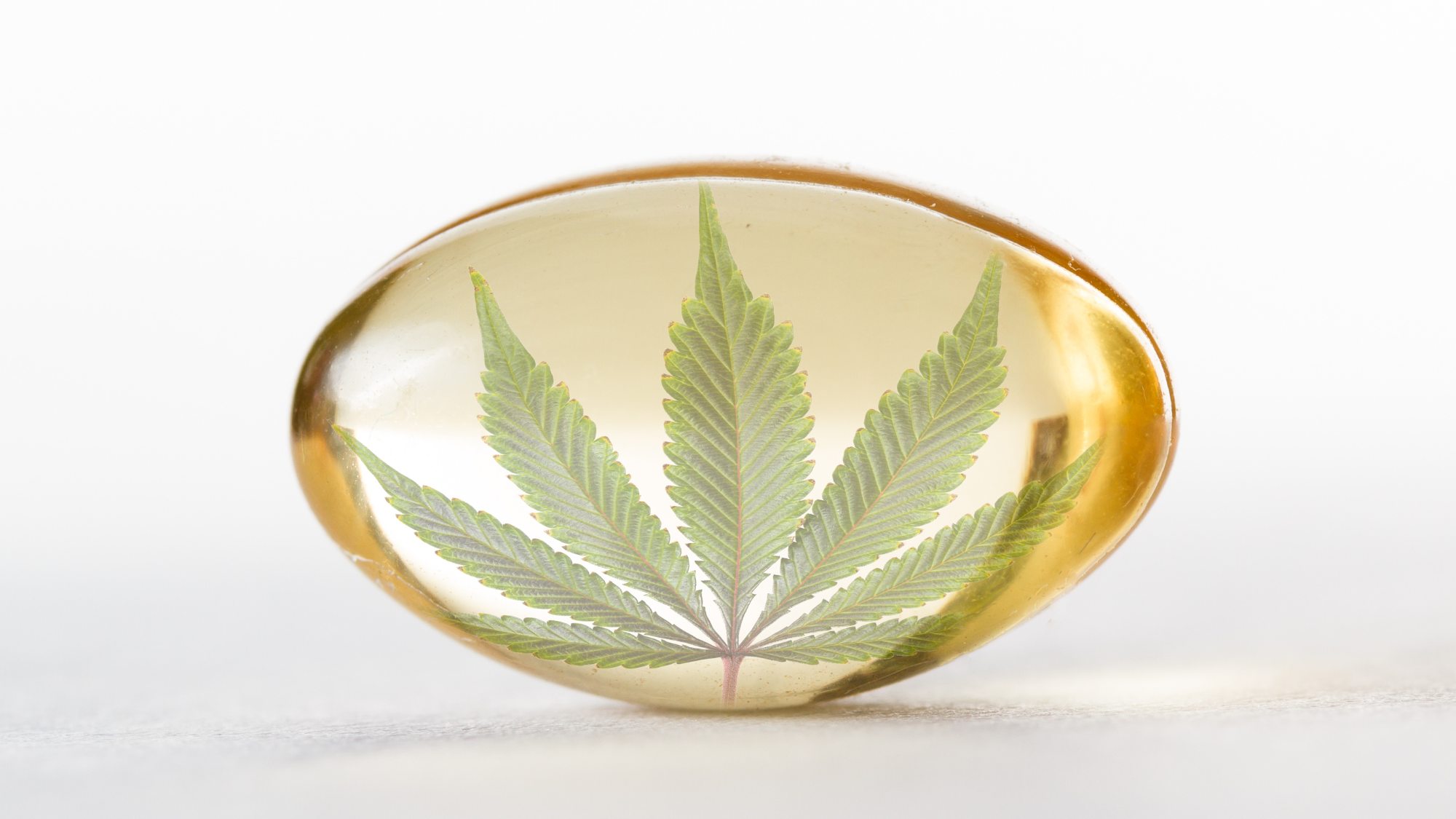
Where do Cannabinoids fit in to the management of respiratory diseases?
- Asthma - Cannabis has been used to treat asthma for centuries, dating back to at least the 18th century when it was included in the first edition of The New England Dispensatory. While the exact mechanism by which cannabis exerts its anti-asthmatic effect is not known, it is thought to work by reducing inflammation in the airways. A study published in 2009 found that THC (tetrahydrocannabinol), a major active component of cannabis, was able to significantly reduce inflammation in a rat model of asthma. CBD may also play a role in the anti-asthmatic effects of cannabis by keeping the endocannabinoid anandamide from breaking down. inhibiting the breakdown of another compound known as anandamide. Anandamide is an endogenous cannabinoid (a compound produced naturally by our bodies) that is known to have anti-inflammatory effects.
- COPD - There is some evidence to suggest that cannabis may be beneficial for people with COPD. A study published in 2012 found that smoking cannabis was associated with improved lung function in a group of 382 COPD patients. Additionally, a survey conducted in 2013 found that nearly one-third of COPD patients who used cannabis reported improved symptoms such as cough, phlegm production, wheezing, and breathlessness. It should be noted that most of this research has been conducted using self-reports rather than more objective measures such as spirometry (a test used to measure how well your lungs are functioning).
- Pulmonary Fibrosis - Research on the use of cannabis for pulmonary fibrosis is extremely limited at this time; however, one study published in 2015 did find that cannabinoids were able to significantly reduce inflammation and lung damage in a mouse model of pulmonary fibrosis . More research is needed before any firm conclusions can be made; however, these findings do suggest that cannabis may have potential as a treatment for pulmonary fibrosis.

Digging a little deeper
A study in 2021 by the European Journal of Pharmacology looked at the potential of cannabinoids and how it inhibits the breakdown of the endocannabinoids in our system. They looked at phytocannabinoids (THC and CBD), endocannabinoids ( our endogenous cannabinoids that we make on our own) and synthetic cannabinoids ( artificially produced substances).
To try to keep this simple, in a nutshell, the cells and the pulmonary arteries in the lungs display both CB1 and CB2 receptors. In cases of respiratory disease, there is usually constriction of the airway and inflammation which is the nature of the disease. In this study, they measured respiratory effects after smoking marijuana and it was shown that the structures actually dilated for 15 min to 1 hour after smoking. The theory is that the CB1 receptors were activated in the airways resulting in dilation of the airway. One of the known factors of CBD and THC is that they have strong anti-inflammatory properties. With these lung conditions inflammation is a key factor that exacerbates poor respiration. In the setting of pulmonary fibrosis - cannabinoids are being considered as anti-fibrotic agents. One issue is that CBD will not result in bronchodilation.
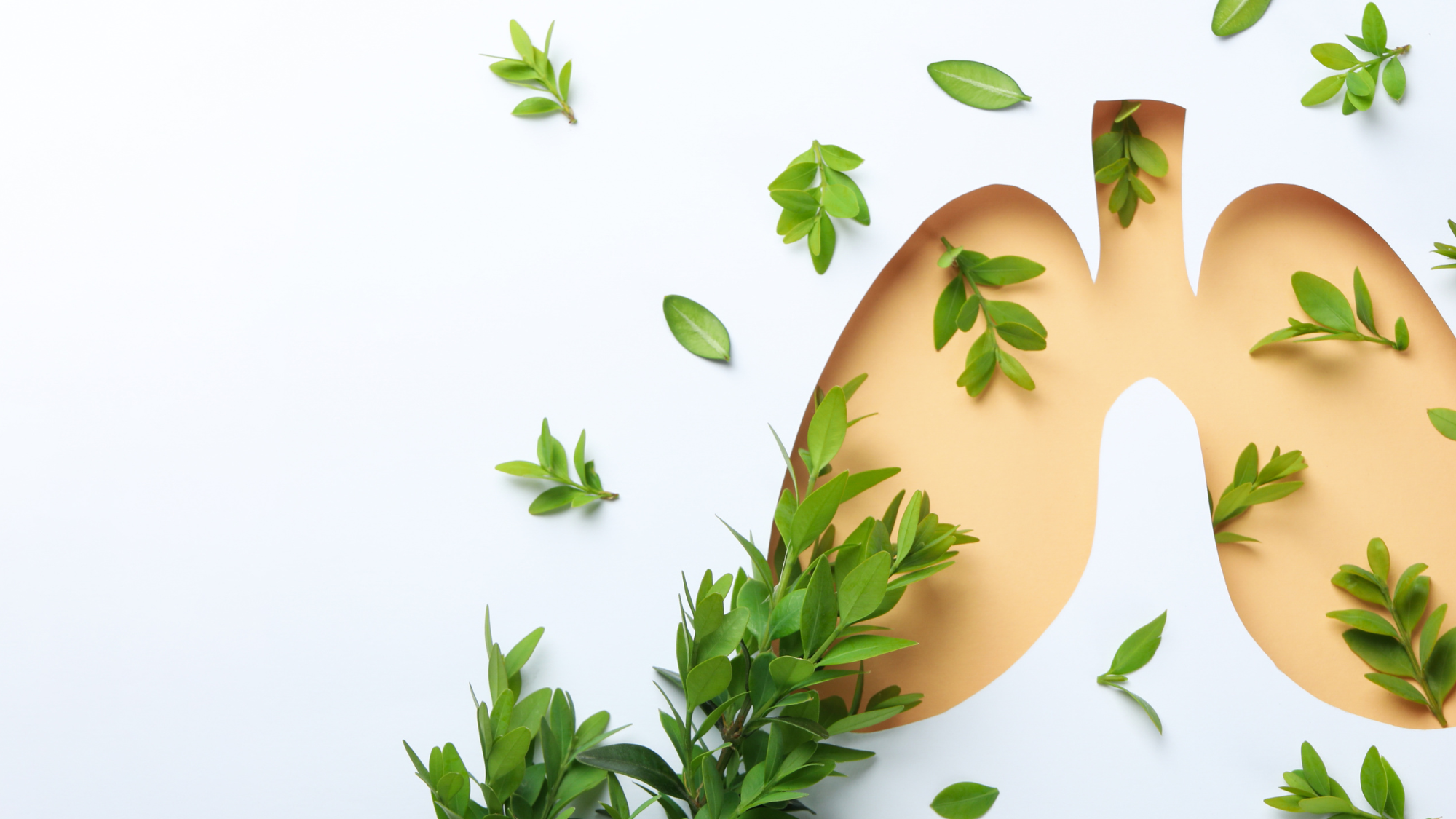
Best Way to Consume Cannabis
- smoking - this is the fastest way to achieve relief however, it is the hardest on the lungs
- vaporizing - this route is much easier on the lungs and provides rapid relief
- edibles - onset of action is from 1-2 hours and lasts 6-8 hours - a good option for bedtime
- tinctures and oils - onset is about 15-30 min and easy to take
Have I mentioned that I'm a Health and Wellness Coach with an emphasis on plant medicine including essential oils and cannabis and CBD? Trying to figure it out on your own can be overwhelming. Let me help you find a treatment plan that works for you.
October is Breast Cancer Awareness Month
You may have heard that cannabis can be used to treat cancer, but you may not know the specifics. In this post, we'll explore the role of CBD and THC in breast cancer.
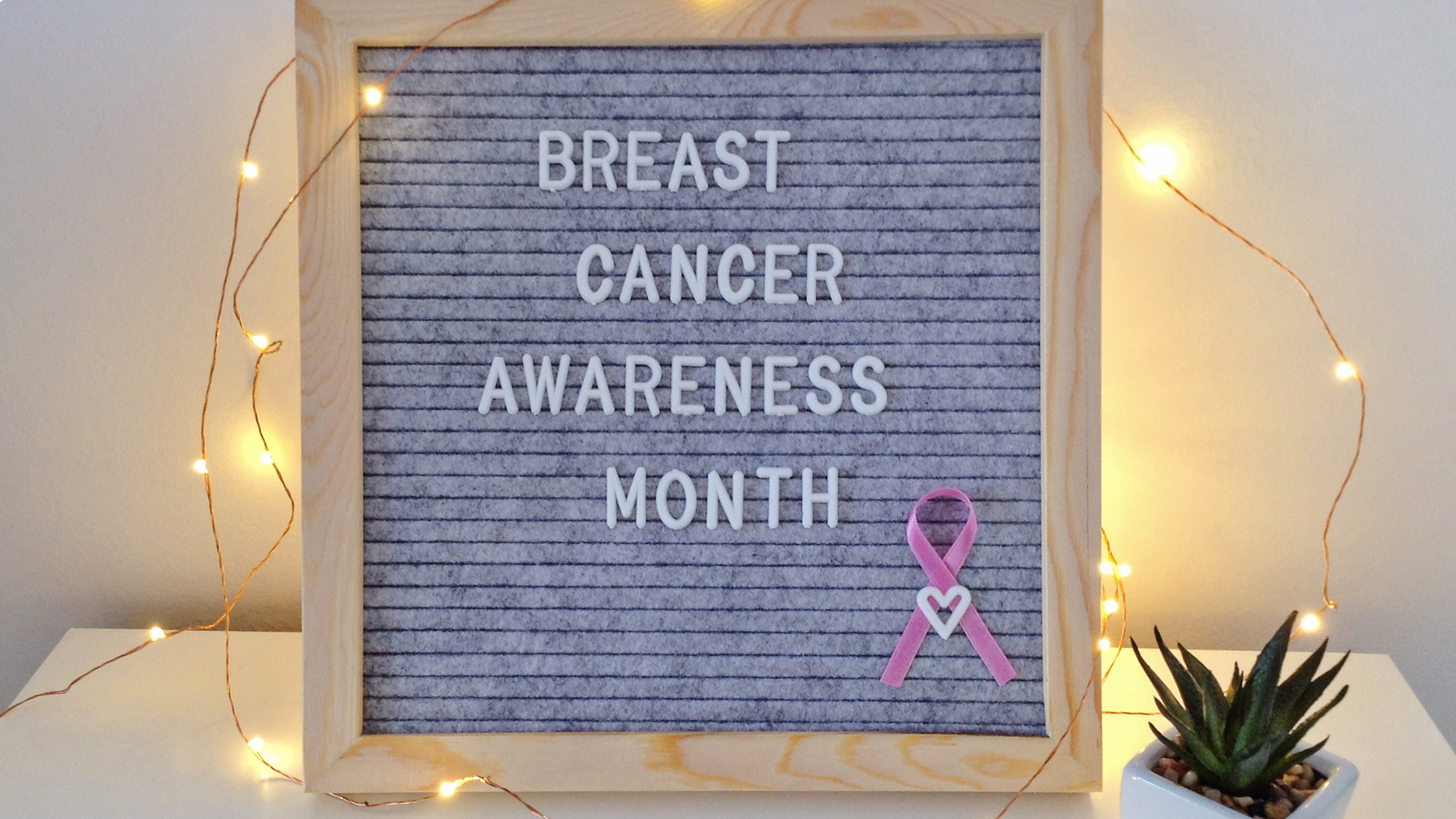
October is the time when women are reminded about their breast health. If you go for your mammogram and get the unfortunate diagnosis of breast cancer........what then?
My Mom's Story
My Mom was diagnosed with breast cancer when she was 56. It was a lump they had been following for a while and it was time to get it removed. She went into the hospital for a lumpectomy and came out without a breast! I was so angry about that!!!! It seemed so drastic!! She wore a prosthesis for the most part but as she got older she didn’t even wear that! It laid on the table most of the time. Her fake boob! I still don't know what type of cancer it was, I wish I did.
My Story
When I was 32, my provider demanded I get a baseline mammogram due to my Mom’s history. The girl that did the test at the hospital, Linda, (I don't fondly remember her name) pressed the plates together against my breast so hard that there was an audible “pop” followed by a dark green discharge that came out of the nipple. I was also bruised all around the breast. That experience pretty much created a deep fear in me to ever get another mammogram. I avoided it for years after the recommended age for screening had passed.
Finally, (I don’t remember my age), I came to my senses and scheduled another mammogram. This time there was a dedicated breast center and the experience was much more tolerable. I am a terrible patient, so I let the yearly screening come and go and was not good at being diligent with that. Besides, my mammograms were usually normal. A couple of times, there were some “calcifications” that looked suspicious so they would call me back in for a diagnostic mammogram to look further.
In 2015, I was supposed to get my screening mammogram done in January. I already mentioned I am a terrible patient and before I realized it the year was almost gone. I scheduled my test on my birthday in November. I figured that would be an easy way to remember to get this done every year. I got a call the next day that I had a suspicious lesion that was likely cancer. WHAT????? Yep, ER/PR+ HER2- 1 cm DCIS tumor. I had a breast MRI to make sure there were no abnormal findings anywhere else in the surrounding musculature or bones. It was all normal. I had a lumpectomy and they removed 4 lymph nodes. Once the surgical site healed, I had 33 radiation treatments. It was a scary process but I am, at the time of this writing, cancer free.
The standard care approach to breast health is to perform monthly self breast exams, have your breasts examined by a health care provider every 1-2 years and once you reach the age of 40 (some camps say 45) you need a mammogram every 1-2 years. Breast MRIs are also diagnostic but are more expensive and of course, insurance isn't going to jump on the band wagon too quick to pay for this imaging study. Ultrasound is done if you are younger due to more dense breast tissue. The other option which is non-invasive is thermography. This test detects inflammation which is the precursor to cancer by heat. It is a good test but not recognized by the FDA.

Types of Breast Cancer
First, it's important to understand that there are two main types of breast cancer:
- hormone receptor-positive: is the most common type, accounting for about 80% of all breast cancers.
- triple-negative Hormone receptor-positive breast cancer: this cancer is not fueled by estrogen or any other hormone. This type of cancer is more aggressive and harder to treat. There is currently no targeted treatment for triple-negative breast cancer, which is why new treatments are always being explored.
CBD and THC are two cannabinoids that have shown promise in treating breast cancer. CBD is a non-psychoactive cannabinoid, which means it won't get you high. THC, on the other hand, is the cannabinoid responsible for the psychoactive effects of cannabis.
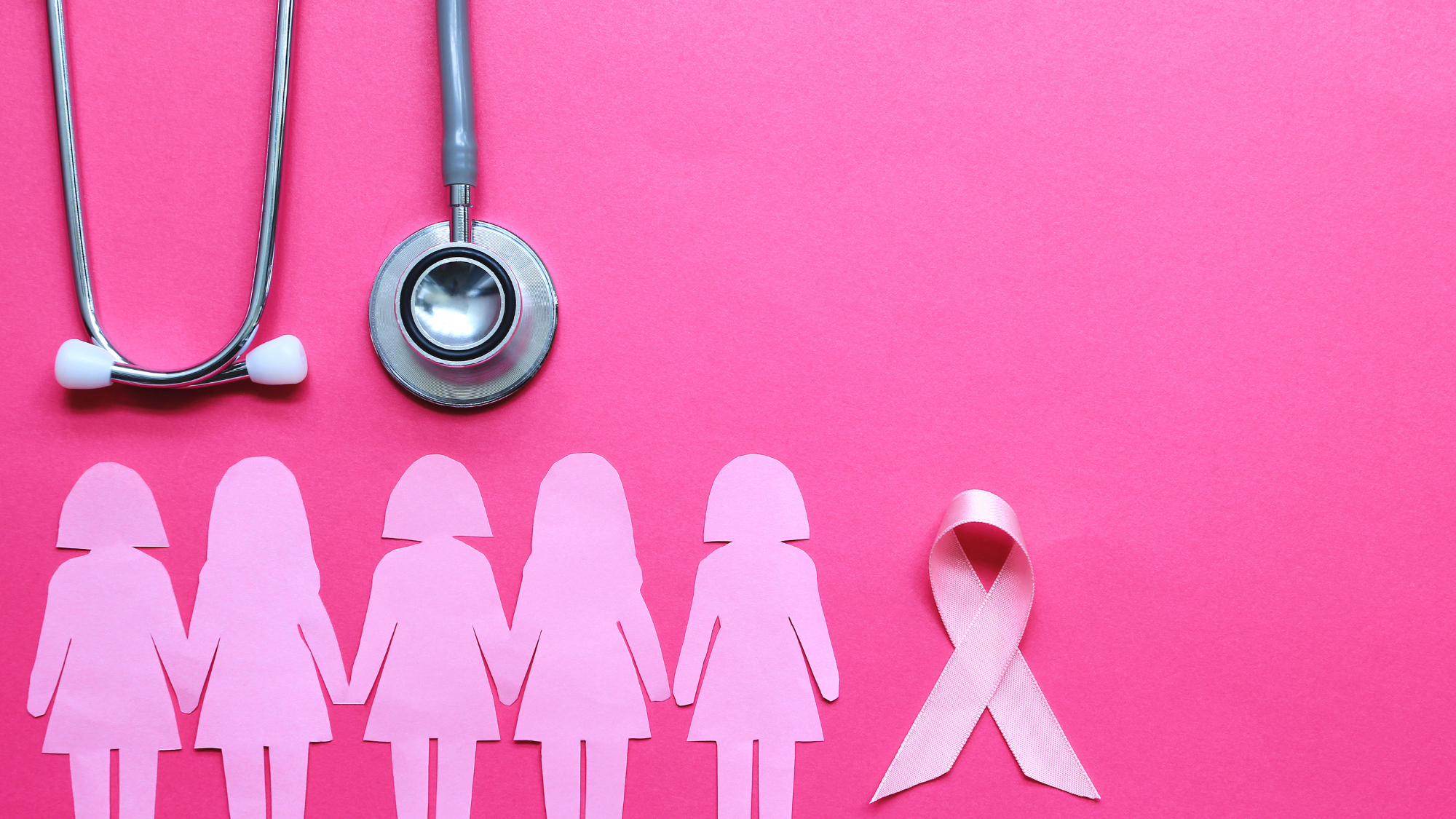
CBD and Breast Cancer
Studies have shown that CBD can inhibit the growth of both hormone receptor-positive and triple-negative breast cancer cells. In one study, CBD was found to decrease the growth of estrogen receptor-positive breast cancer cells by up to 50%. This is significant because hormone therapy is currently the most effective treatment for this type of breast cancer.
CBD has also been shown to inhibit the growth of triple-negative breast cancer cells in vitro (in a dish). In one study, CBD reduced the proliferation of triple-negative breast cancer cells by up to 73%. This is significant because there is currently no targeted treatment for this aggressive form of breast cancer except mastectomy and chemotherapy.

THC and Breast Cancer
THC has also been shown to inhibit the growth of both hormone receptor-positive and triple-negative breast cancer cells in vitro (in a dish). In one study, THC reduced the proliferation of estrogen receptor-positive breast cancer cells by up to 50%. This is significant because hormone therapy is currently the most effective treatment for this type of breast cancer.
Triple-negative Breast Cancer Cells: In another study , THC was found to reduce the number of triple - negative breast cancer cells by up to 80% . This study used a three - drug combination consisting of THC , CBD ,and temozolomide (Temodar) (an anti -cancer drug) . This study suggests that a combination of THC, CBD ,and temozolomide may be more effective than temozolomide alone in treating triple - negative breast cancer.
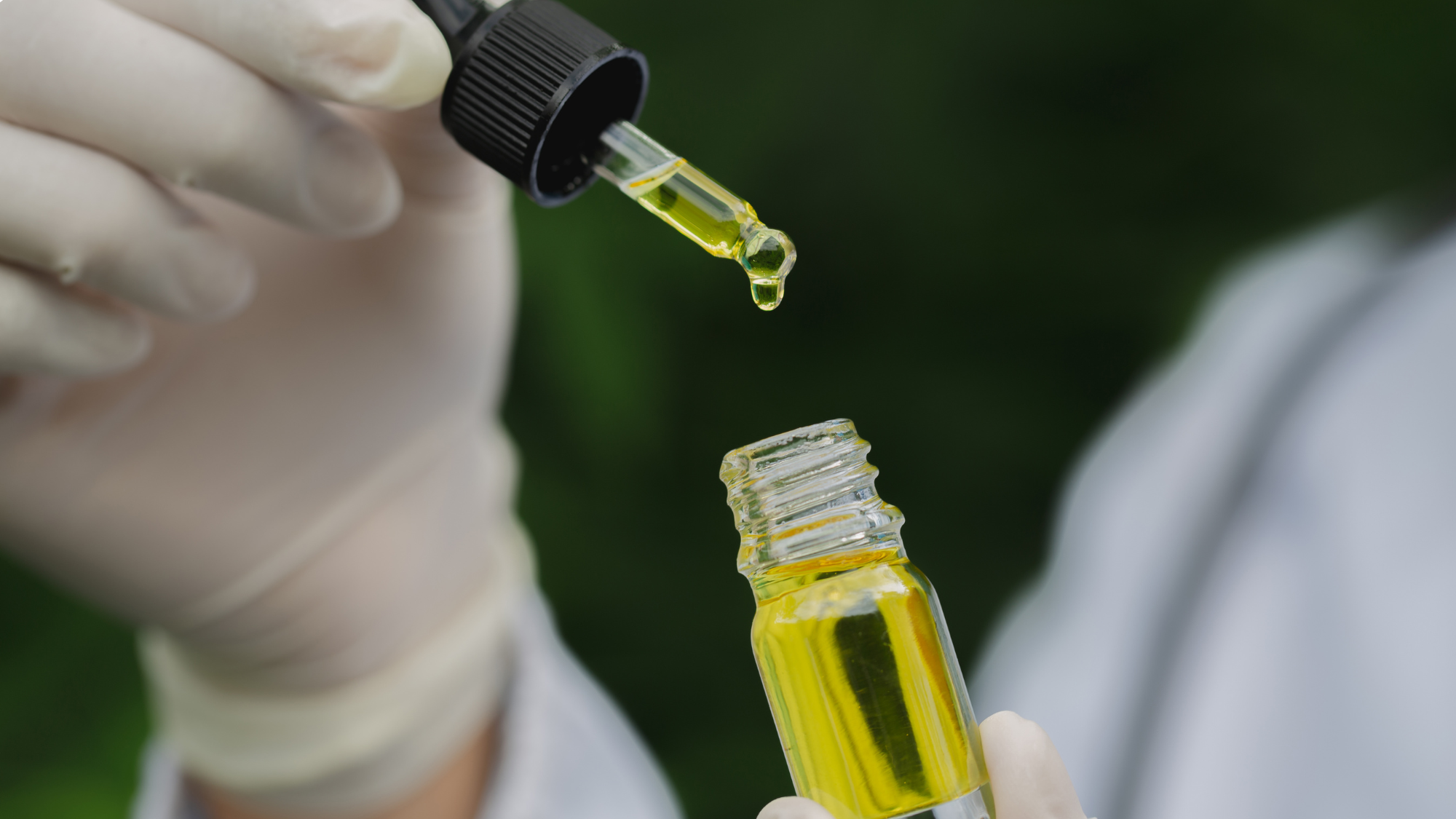
Conclusion :
There is still a lot of research to be done on the role of cannabinoids in cancer treatment , but the results so far are promising . If you are considering using cannabis oil for breast cancer, be sure to talk to your doctor first as it can interact with other medications you maybe taking. Don't be surprised if your doctor is not supportive. Most doctors know very little about the benefits of cannabis.
I love this podcast and have included several episodes pertaining to breast cancer and the use of THC & CBD.
Thanks for reading and let's Break the Stigma!!!
I didn't have a mammogram last year but had thermography which was normal. I can guarantee that if I should go through this experience again, I will choose THC and CBD over surgery, radiation and chemo in a heartbeat!
Thanks for reading my blog. If you struggle with cancer of any kind, please consider using plant medicine as part of your therapy.
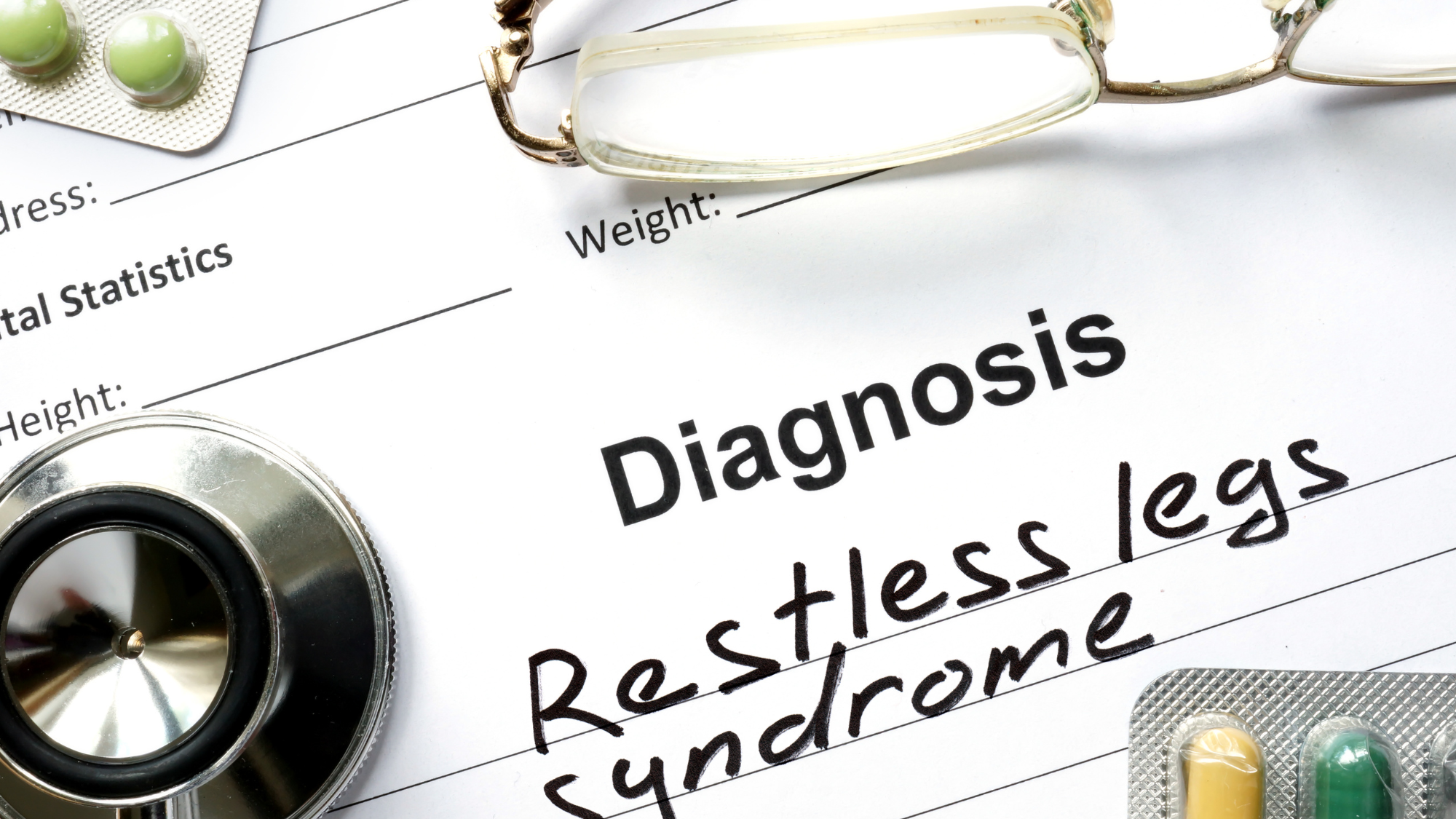
If you've ever suffered from restless legs syndrome (RLS), you know how uncomfortable it can be. The constant urge to move your legs, accompanied by an uneasy feeling, can make it difficult to get a good night's sleep. And since lack of sleep can make RLS worse, it can become a never-ending cycle.
What is restless legs syndrome and what are the symptoms?
Restless legs syndrome (RLS) is a condition that affects the sensorimotor system. If you have this you know that it is a sensation of having an urge to move the legs. It can sometimes be painful and it’s very unpleasant. It can occur only during sleep but can also occur in the evenings when you are sitting still. If you get up and move around it will temporarily relieve the symptoms. About 3% of the population experiences this syndrome and it is particularly bad from moderate to severe in these folks. Because it interferes with sleep, it can also interfere with quality of life.
How is RLS diagnosed?
It’s usually diagnosed based on patients description. Pt will describe it as a “creepy crawly” sensation in the legs or “pins & needles” or an “internal itch”. Some patients will actually have an even worse diagnosis known as PLMS - periodic limb movements of sleep. This is characterized by involuntary and forceful dorsiflexion of the ankle that lasts anywhere from 0.5 - 5 seconds and can occur every 20-40 seconds during sleep. Your provider may ask a few questions about your sleep habits or quality of sleep because most patients won’t even bring up the topic themselves. You may experience sleep disruptions, daytime fatigue or somnolence because of the interruption in the sleep cycle from the jerky limb movements. Some other diagnoses to consider is:
- neuropathy
- leg cramps
- vascular disease
- radiculopathy.
Anemia is a big cause of RLS. Your provider should order these labs to determine if this is the cause:
- complete blood count
- ferritin
- iron
- transferrin saturation
- total iron binding capacity
If you have abnormal findings on a neurological exam then other labs should be ordered including:
- Kidney function - BUN/Creatinine
- fasting blood glucose
- magnesium
- TSH
- vitamin B12
- folate
- You also need to know if you have a defect in your MTHFR gene. If you do then you can’t take regular iron supplementation as your body won’t metabolize it correctly. You would need a methylated form of folate or iron or B12.
- You could undergo an EMG/nerve conduction study if your provider is considering the problem is not just RLS but more of a polyneuropathy or radiculopathy. A sleep study will also help identify the issue.
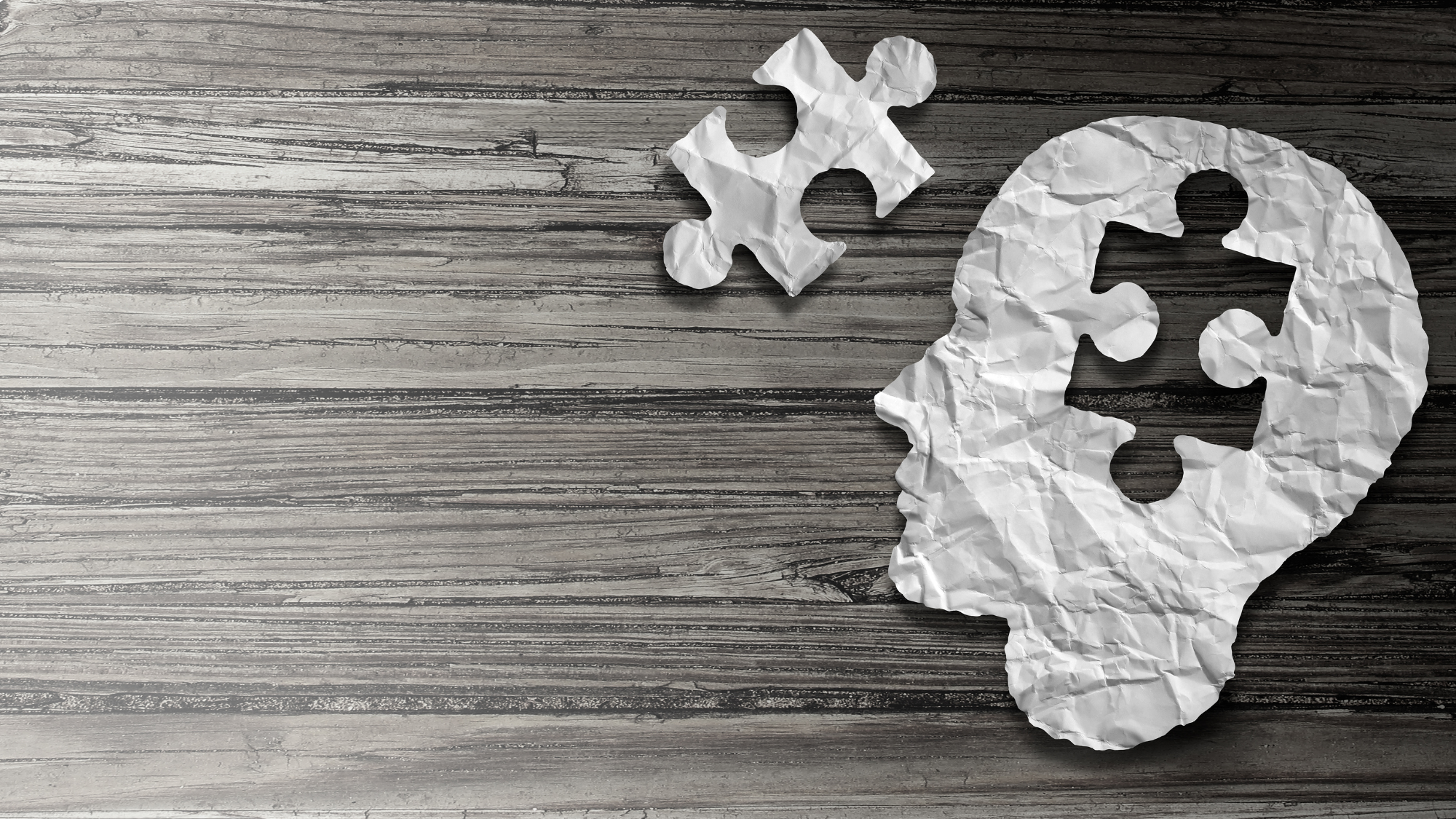
Conventional methods of treating RLS
The most common medications prescribed for this problem which is considered secondary disease are the medications used to also treat Parkinson’s Disease. Medications like levodopa/carbidopa, mirapex, ropinirole, bromocriptine, and in the case of primary RLS rotigotine is used to treat moderate to severe cases.
Other meds include ones you really never want to get started on like opiates and benzodiazepines. Gabapentin is an anticonvulsant and Lyrica is an alpha2-delta agonist both commonly prescribed for neuropathy of diabetes and neuropathic pain. For folks on kidney dialysis iron salts are used.
Non-pharmacologic measures include practicing sleep hygiene. Eliminating caffeine, alcohol and nicotine is extremely important. Medications like SSRIs, Benadryl and other dopamine agonists should be avoided. Exercise may be helpful but avoid before bedtime. Instead before bed take a hot bath, get a massage and electrical stimulation can also be a benefit. Another option for addressing this syndrome is sound frequency therapy. The WavWatch is perfect for this. It has settings for 850 different diagnoses including RLS. You can wear it in bed and use it for self care for this issue and much more. Interestingly, in 2014 the FDA actually approved a vibrating pad device for the treatment of primary RLS. The vibration is delivered directly to the legs while sleeping. It’s called Relaxis.
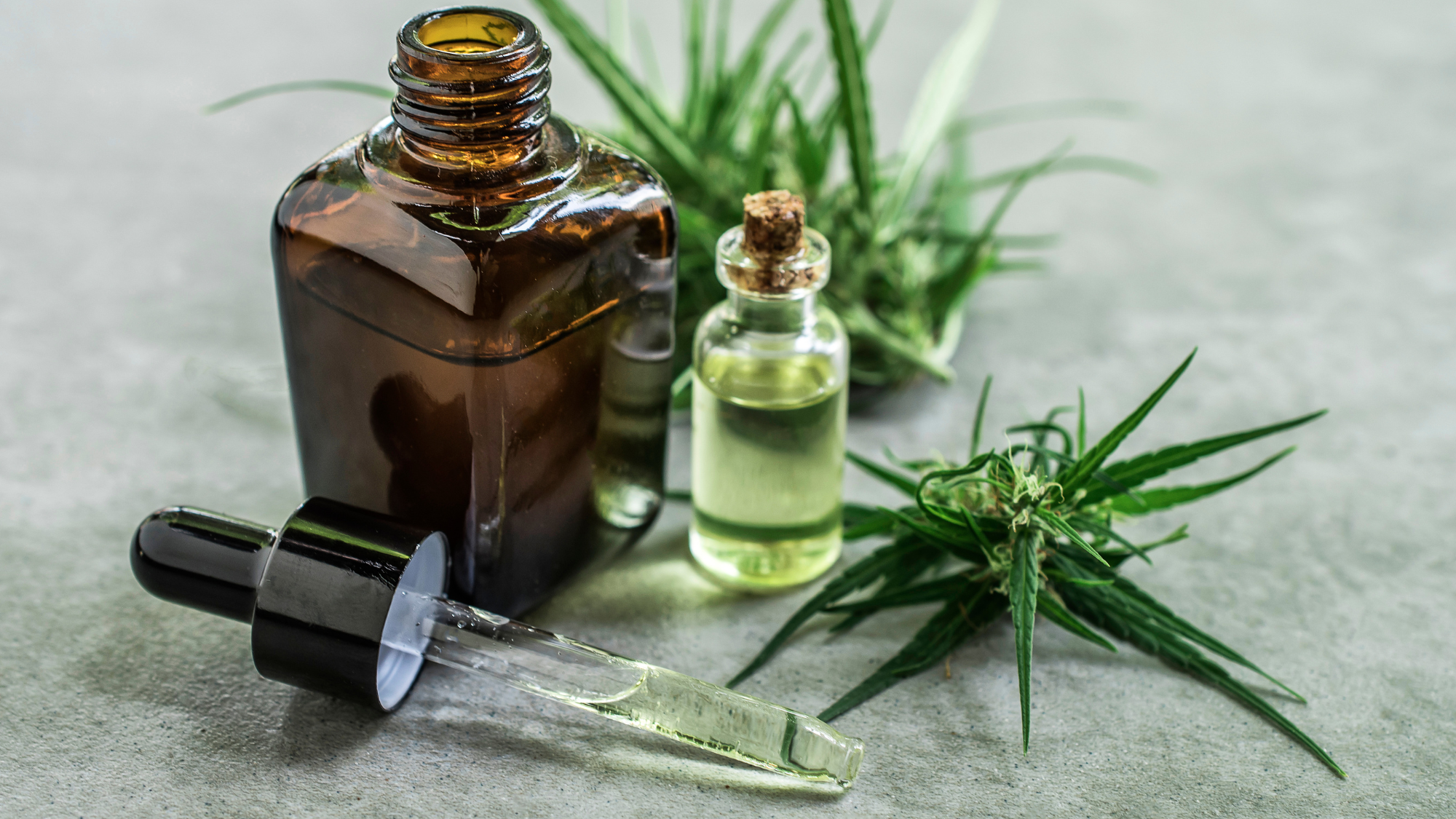
How can cannabis and CBD help relieve the symptoms of restless legs syndrome?
Conventional medications target one or two receptors. Those medications can also cause unwanted side effects. In the case of CBD and Cannabis, multiple receptors are targeted. It is actually referred to as a “promiscuous” molecule because it acts on multiple targets throughout the nervous system and the rest of the body or the periphery. The thought is that in the case of RLS there is a dysregulation of dopamine. Body movement is regulated in the basal ganglia in the brain and when dopamine is depleted, it results in involuntary movements. This area is full of CB1 receptors which are part of the endocannabinoid system that mimics CBD and THC. When there is a movement disorder like RLS, the body will actually make more receptors in an effort to bring about balance or homeostasis. We know that cannabis regulates dopamine transmission indirectly through the modulation of GABA and glutamate and directly by activating TRPV1 receptors that have been identified in direct dopamine pathways.
There are only about 4 studies completed about the use of CBD or THC in the setting of RLS and these are minimal. One small study in the Sleep Medicine Journal reported 6 patients who had positive outcomes using cannabis for RLS. These patients inhaled cannabis and they all reported significant relief of symptoms. A followup report of 12 patients confirmed that 11 of those patients experienced complete relief of symptoms after smoking cannabis.
Dr Jordan Tishler, a Harvard trained physician and cannabis expert states "CBD oil is a safe, non-addictive substance that has shown promise in treating a variety of medical conditions," in regards to RLS specifically, CBD oil may help by reducing inflammation and pain." Another way CBD oil could potentially help with RLS is by improving sleep quality. "CBD oil has been shown to improve sleep quality by reducing dreams and nightmares associated with PTSD," says Dr. Tishler. "It's possible that CBD oil could have a similar effect on people with RLS."
In addition to CBD oil, some people also use cannabis strains high in THC to treat their RLS symptoms. "THC has been shown to be an effective treatment for pain and may also help improve sleep quality," says Dr. Tishler. "However, THC can also cause paranoia and anxiety in some people, so it's important to start with a low dose and increase gradually as needed."
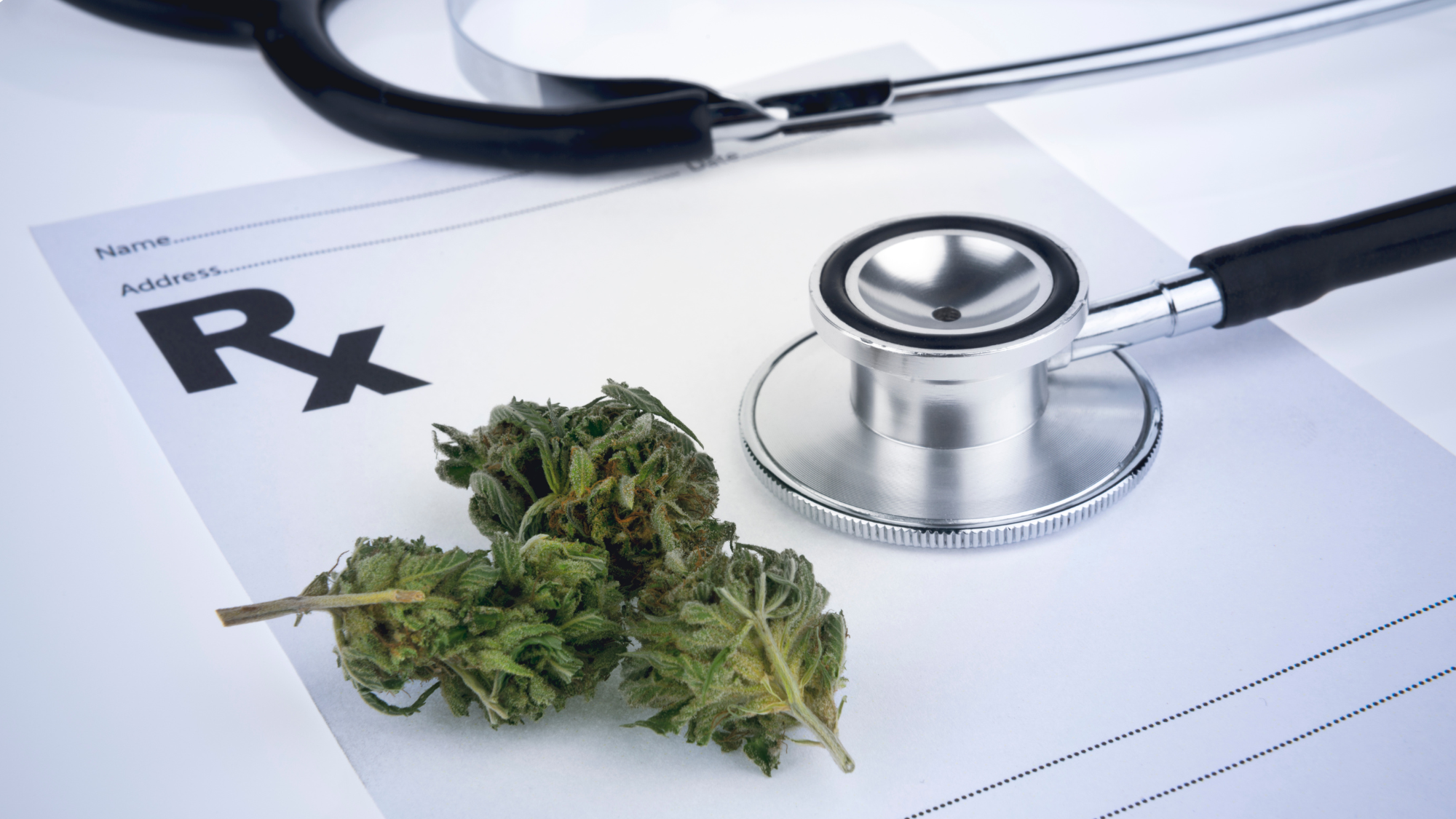
How to use cannabis and CBD for restless legs syndrome
If you decide using cannabinoids is for you, then plan on being very patient as you figure out the best dosing regimen for yourself. You will need to figure out how to use the plant as medicine to provide relief over time.
- Oral: When CBD or THC is taken orally, you can expect relief for several hours. Oral options would be oils or tinctures or edibles like gummies or chocolates. The best dosing would be 5-10 mg of CBD and 2.5-5 mg of THC. You can use these products before bed or even during the day. Avoid higher doses of CBD towards evening as it can actually be more stimulating and might keep you awake. For sleep 5 mg of THC taken 1 hour before bed is a good place to start. I can confidently recommend 2 different companies where you can purchase CBD. One is Nuvita and the other is Healer.com. (If you order from either of these companies I will receive a commission as these are affiliates).
- Vaporizing & Smoking: During the day the recommendation is 2.5 mg to 7.5 mg 3-4 times a day for a faster onset of action. Add THC before bed at 2.5 to 5 mg. You can do all of this in conjunction with the oral dosing but keep the inhaled dosing low in mg to avoid tolerance.
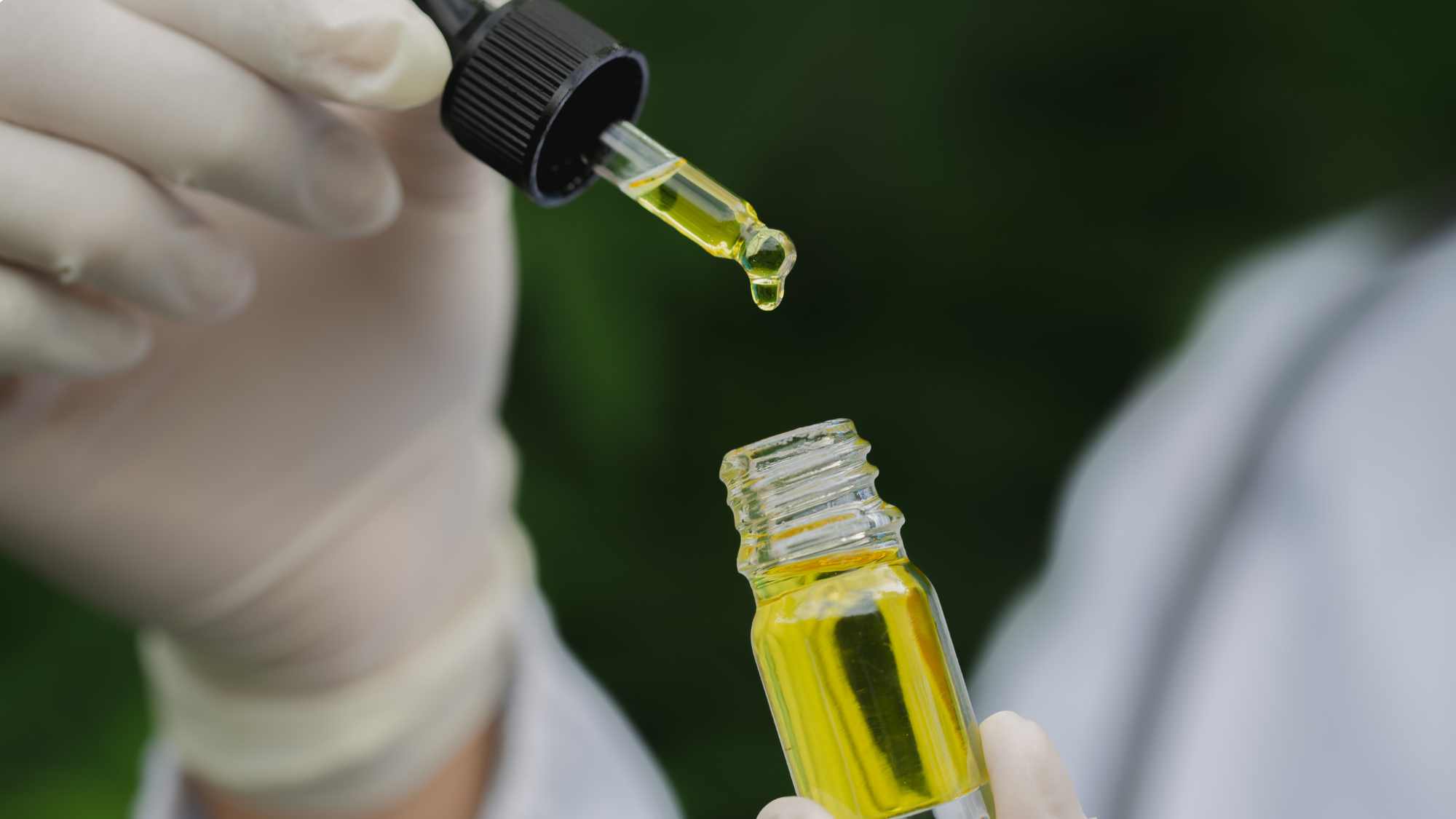
6. What are the best Chemovars to try?
- ACDC is high in CBD and has high myrcene levels which is a terpene noted to be effective for inflammation.
- Cookies chemovars are usually higher in CBD as well
- Purple chemovars are high in THC and myrcene levels so reserve this for bedtime use
Conclusion:
If you're suffering from restless legs syndrome (RLS), don't despair—there are treatment options available that can help lessen your symptoms. Cannabis and CBD have both been shown to be effective treatments for RLS. If you're considering trying cannabis or CBD for your RLS, be sure to talk to your doctor first to make sure it's safe for you.

What is Sound Frequency Therapy? (SFT)
You've probably heard of sound therapy or Sound Frequency Therapy (SFT) before. But what is it?
SFT is a relatively new form of therapy that uses vibrations to help people heal from conditions like anxiety, depression, PTSD and more.
This term SFT is becoming more understood and accepted in the world of unconventional medicine. It is also known as sound healing or vibrational medicine. Low-wave frequencies penetrate cells in the body resulting in addressing and correcting imbalances. Conditions that can be corrected might include anxiety, depression, PTSD, hormonal imbalances, insomnia and the list goes on and on.
While the research behind SFT is still in its early stages, there's already evidence that suggests it can be an effective treatment for a variety of conditions. Let's take a closer look at how SFT works.
But first, a little history.
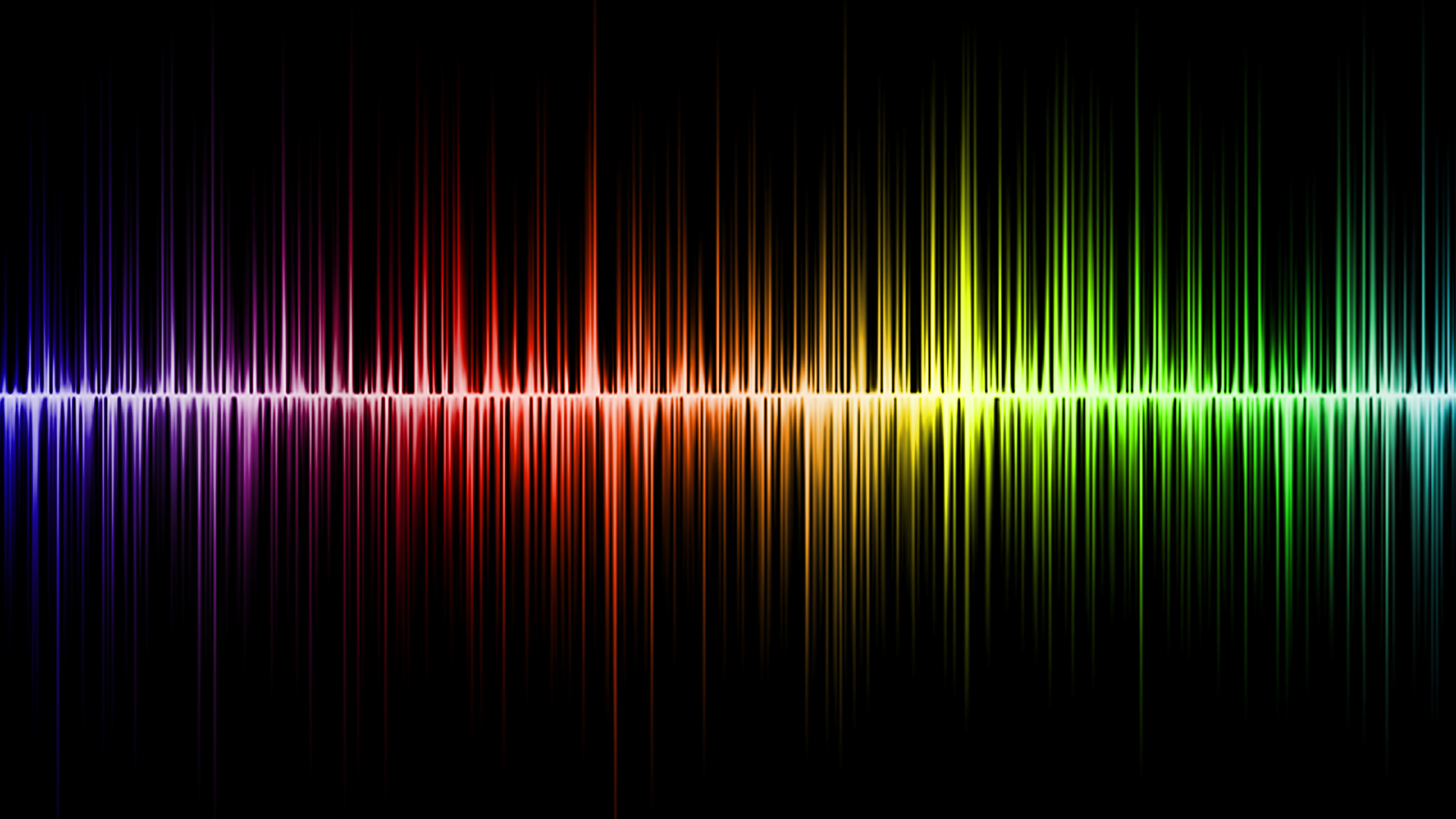
Here is a quick glimpse of a bit of the history of sound wave therapy
All throughout history people have used music as therapy. There are historical records that document the positive effects of vibration and sound frequencies.
They discovered, in the 18th century that people had experienced positive health effects from carriage rides. These carriages traveled down cobblestone streets. The theory is that the clippity clop of the horses hooves and the sound of the wheels on the cobblestone streets and the swaying or bouncing of the carriage resulted in a decrease in depression. This discovery led to the development of mechanical “chairs”. Pts would see the doctor and they would be treated with this vibrating chair and health issues like depression and liver disease responded in a positive way.
Further inventions resulted in using vibrating tools like a tuning fork that emitted sound frequencies and were found to help conditions like Parkinson’s and ataxia. Later a metal helmet was created with a motor on top that vibrated at 10 Hz. This helped people with insomnia, migraines, and depression (Possible Mechanisms for the Effects of Sound Vibration on Human Health “Healthcare (Basel) 2021 May;9(5):597)
Music therapy became an entity about 75 years ago and is used today to help with all kinds of health related issues. You can obtain a certification or license to be able to use music therapy. It’s used often with children in therapy situations.
I know I have certain songs that when I hear them, they evoke happy memories or sometimes sad ones. Some days if I am struggling with sadness, I can put on a worship song and everything changes. Music is powerful not only for the notes we are hearing but also for the sound waves that are emitted in that note.
As I have mentioned multiple times, I struggle with insomnia at times. I have an app on my iPad that I will turn on because I can choose sounds that will encourage rest like rain falling or a bubbling brook. Those are not songs, but are sounds and those sounds emit vibrations that my brain responds to and results in relaxation and calm.
As a living being, we emit “songs” through all of our organs. Each organ has it’s own song. So when you hear a song you love your body absorbs the sound wave of that song and you feel better even though you probably don’t really say “Oh I feel better”!
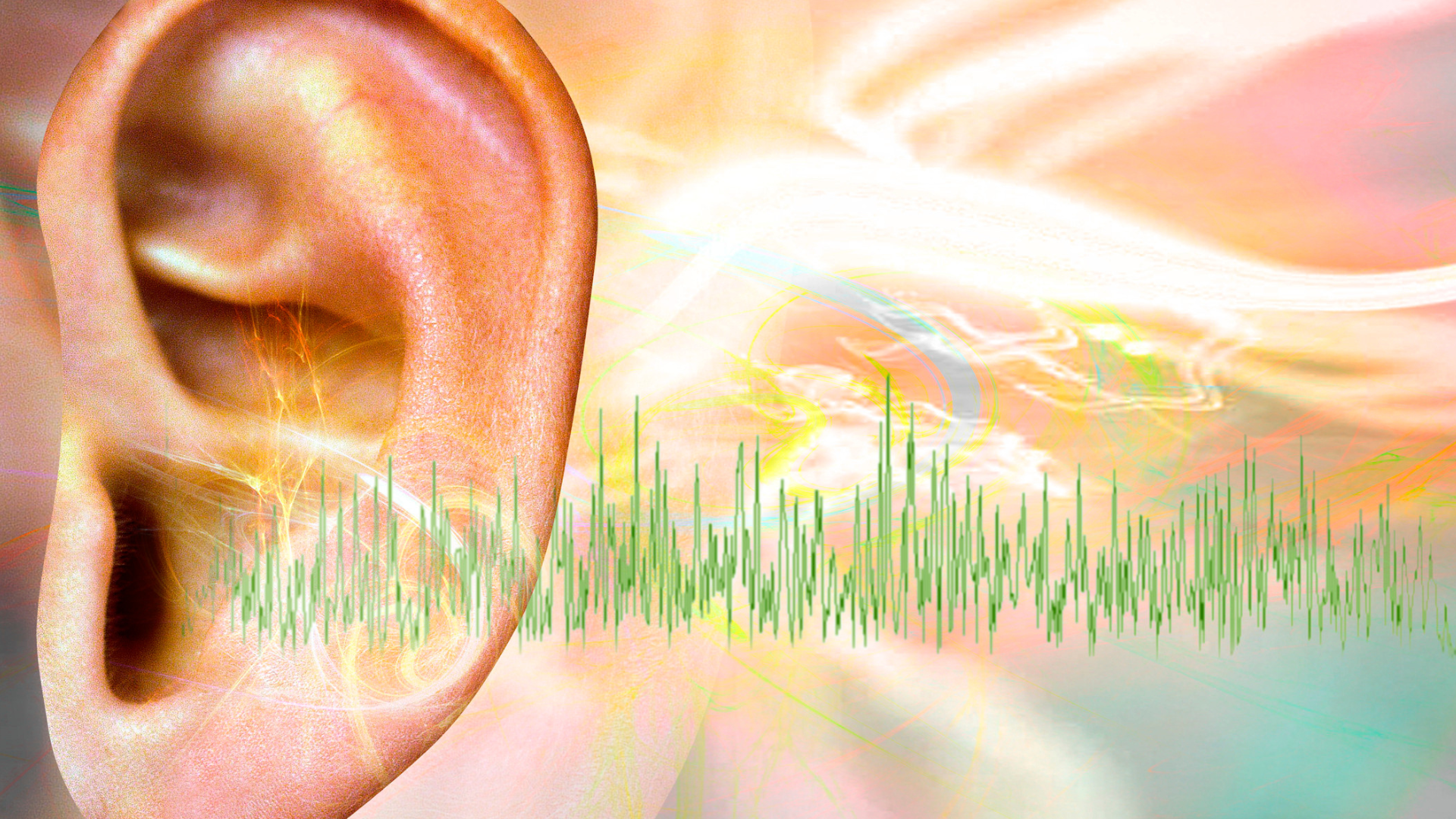
What is sound wave therapy?
Let’s start with the definition of sound. It’s “a vibration that propagates as an audible wave of pressure, through a transmission medium like liquid, gas or a solid. Each sound is characterized by its wavelength hertz (Hz), intensity (decibel), speed and direction (Shipman et al., 2012). The vibration from sound energy is healing. The whole body acts like a symphony, though we can’t hear it. Every organ, bone, tissue and cell has its own frequency. If we are healthy, every frequency works in conjunction with each other to create harmony. If one organ is out of tune, the entire body is affected. When this occurs we start to see illness and disease.
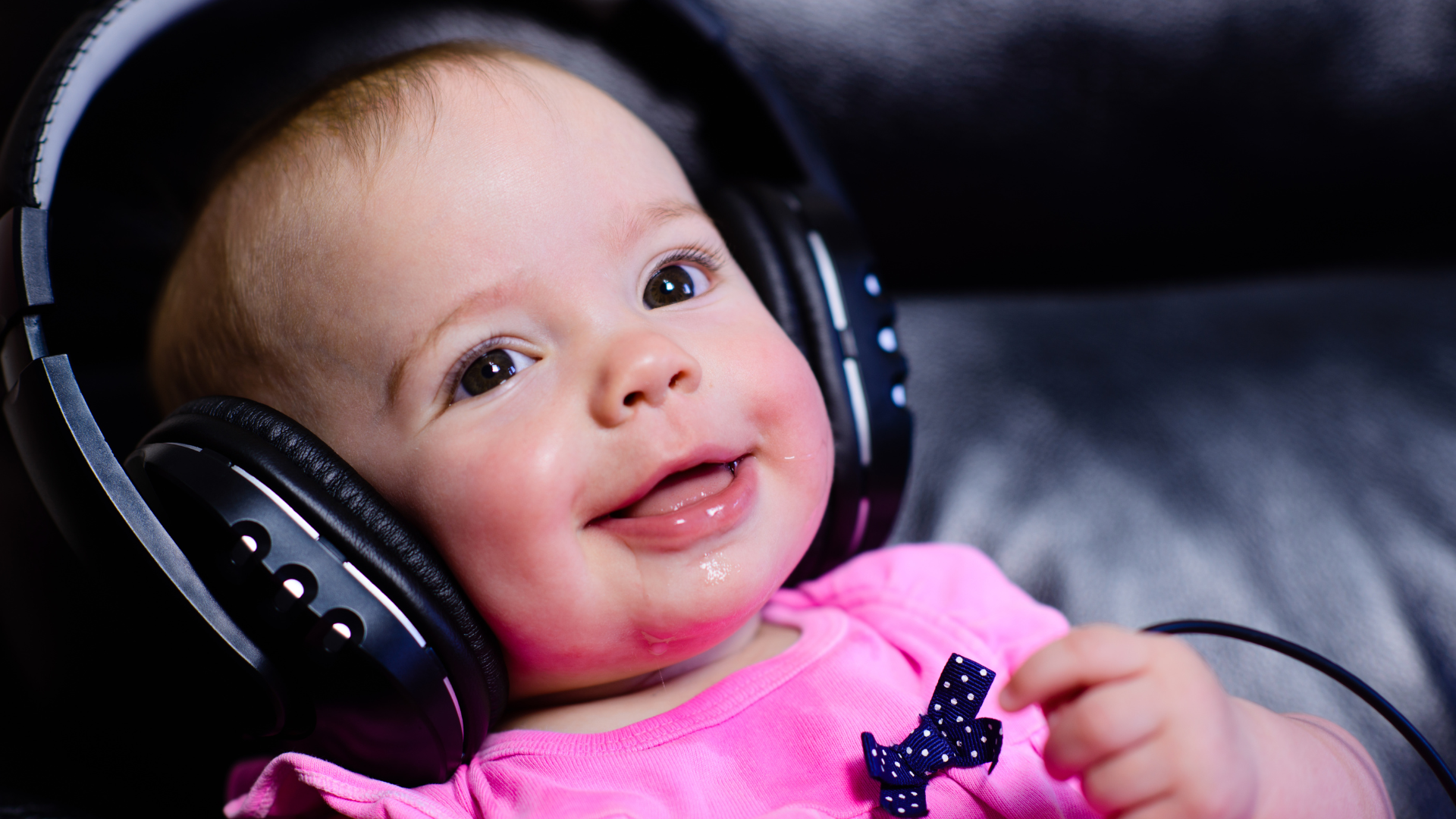
How does SFT work?
This term SFT is becoming more understood in the world of unconventional medicine. Low-wave frequencies penetrate cells in the body resulting in addressing and correcting imbalances. Conditions that can be corrected might include anxiety, depression, PTSD, hormonal imbalances, insomnia and the list goes on and on.
SFT works by sending vibrations through the body through a traditional device called a SFG or Sound Frequency Generator. This device The SFG produces sound waves of different frequencies that the patient then hears through headphones. The frequency of the sound waves can be changed depending on the condition being treated. Research suggests that these sound waves can affect the brain in a way that helps improve mood and relieve symptoms of conditions like anxiety and depression. Some of these devices are a little large and cumbersome.
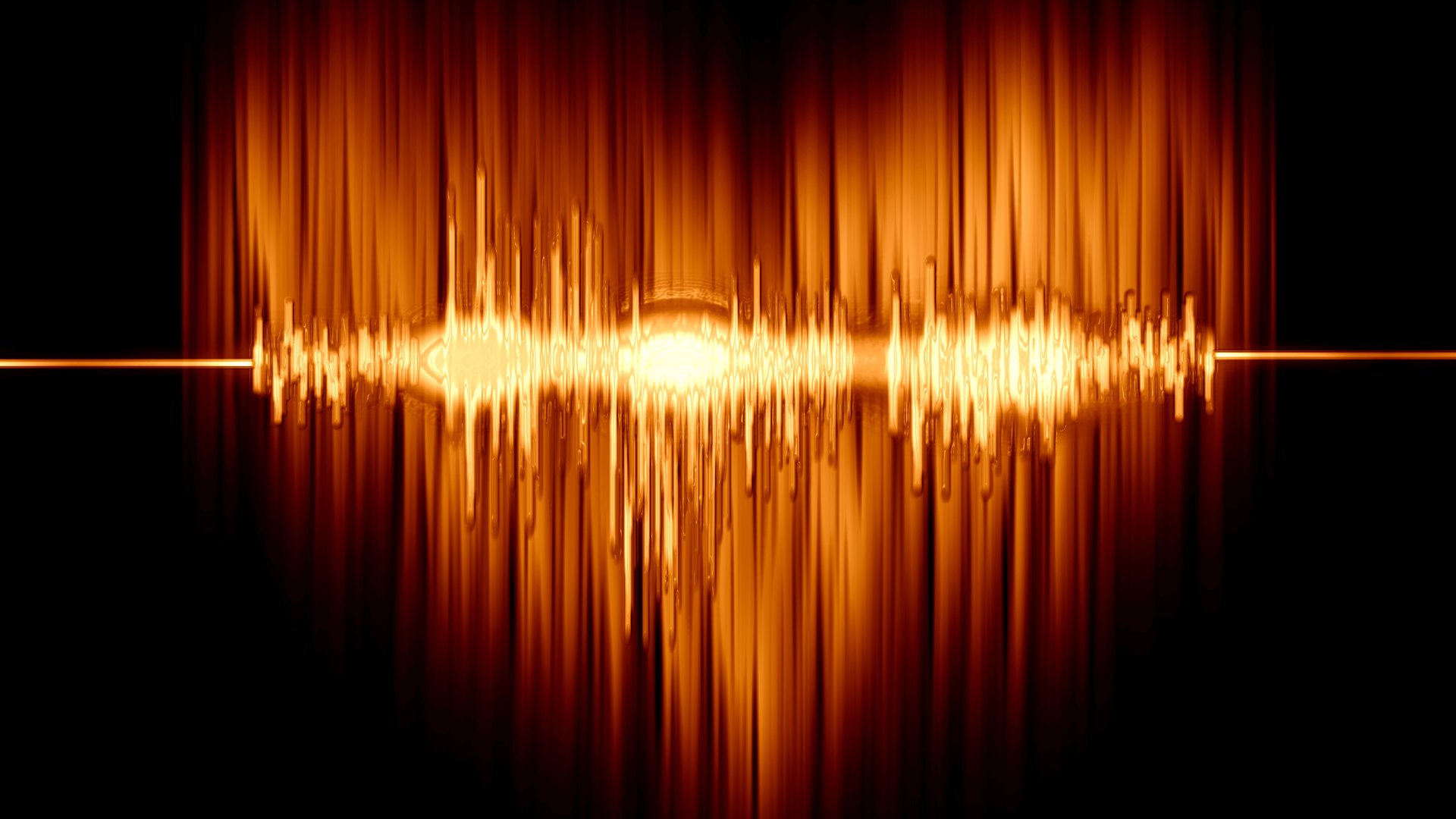
One of the most well-known studies on SFT was published in 2008. This study found that patients with major depressive disorder who underwent SFT treatment experienced significant improvements in their symptoms after just four weeks of treatment. Since this initial study, there have been several others that have found similar results. While more research needs to be done to understand exactly how and why SFT works, the evidence so far suggests that it is a promising treatment for a variety of conditions.

How can we access this therapy today?
What if you had a device of your own that would deliver these sound frequencies not only to address mood disorders but also up to 850 different diagnoses from hot flashes to musculoskeletal disorders to aging concerns to helping your kiddos get to sleep? There is a device called the WavWatch. It was introduced to me through my mentor who attended a biohackers summit. She met the creator of this watch and tried it right away. She struggles with weight so she chose the appetite setting and literally had to take the watch off so she could eat. My other friend has had Bell’s Palsy for years, twice!!!! That will affect the nerve in the face and will cause the eye to not open completely. She put the watch on and after 20 minutes her eye more open than it has been in years. I have used it to help hot flashes and constipation and arthritis and numbness and so far have seen subtle changes starting to develop. This is another tool in my toolbox that includes essential oils, cannabis, cbd, exercise and a healthy diet and soon to come, herbal medicine. I am super excited to share this with you.
You can grab a watch for yourself and get $100 off by using my link.
enter SHOSHANA100 at checkout
